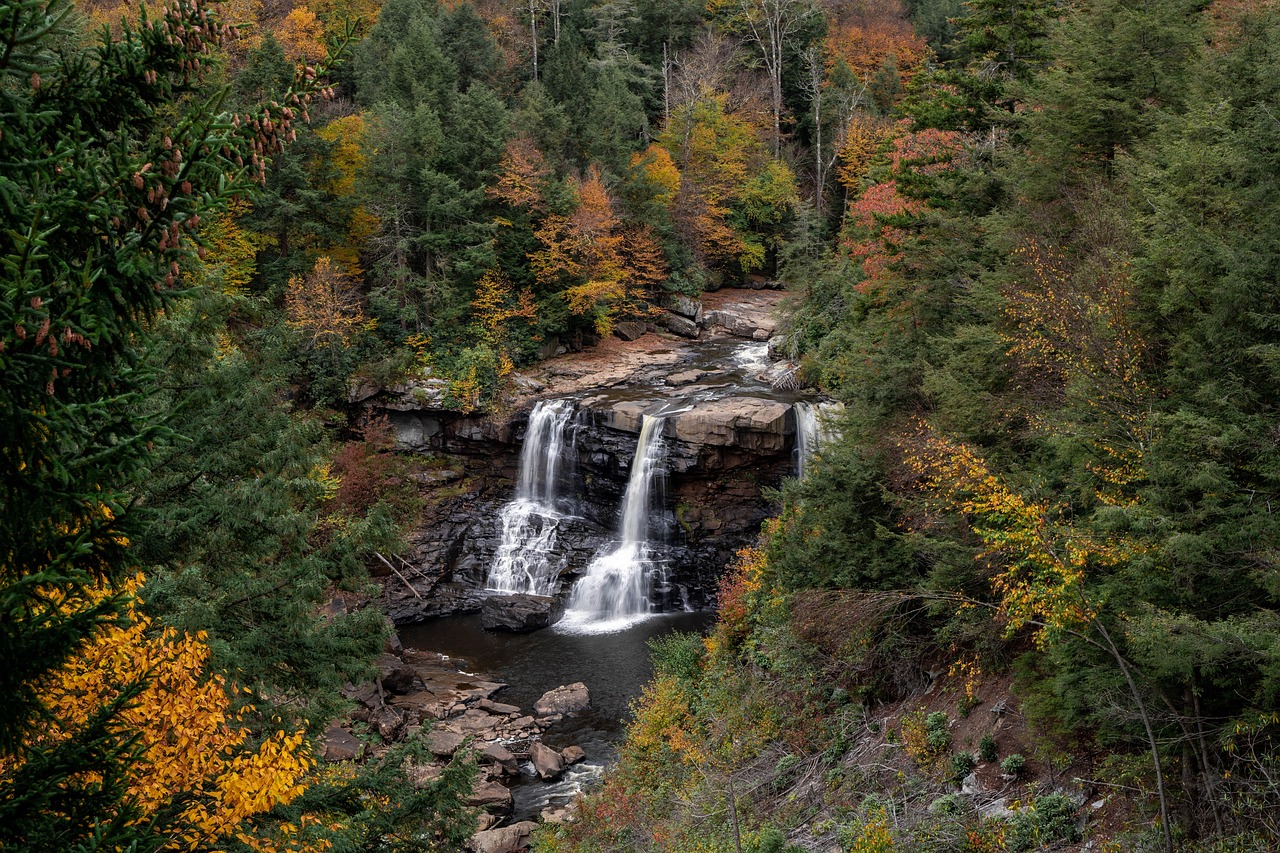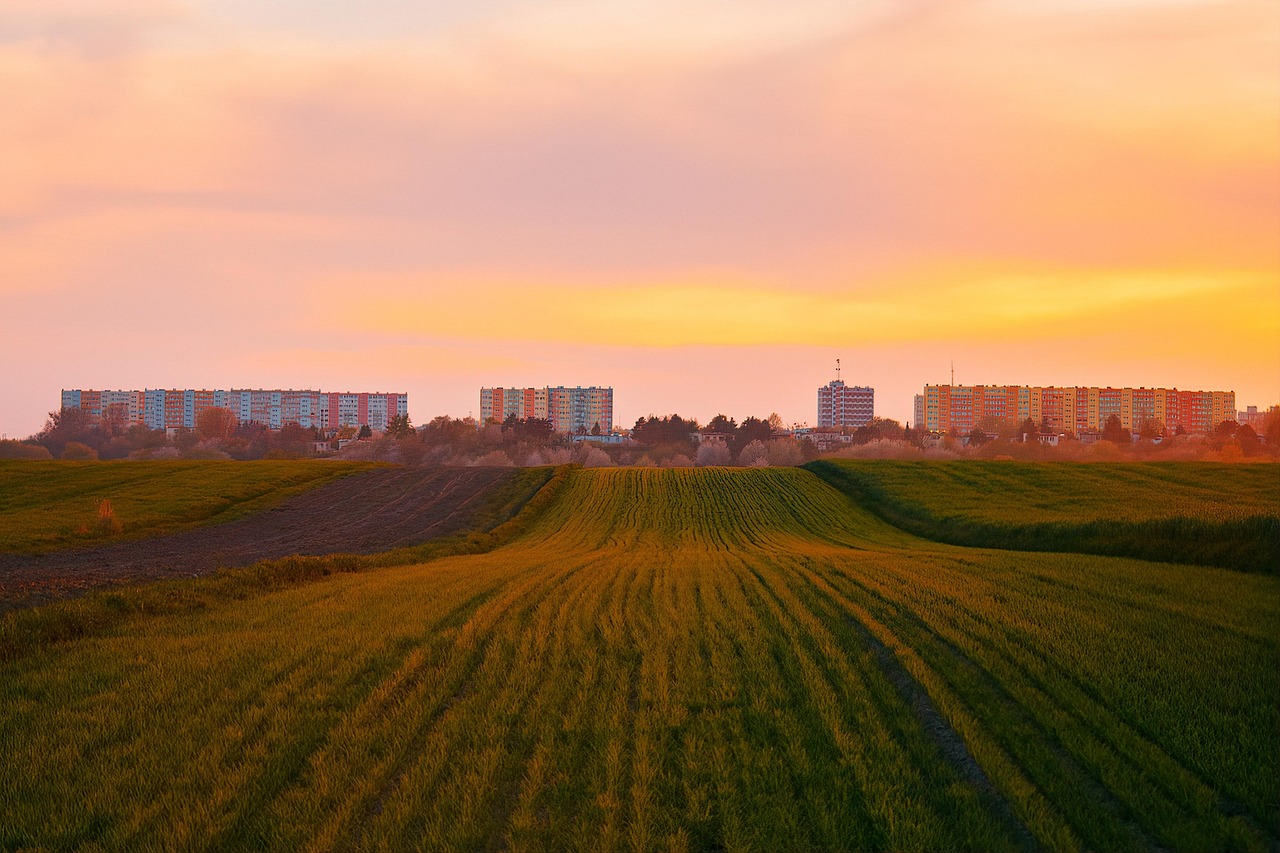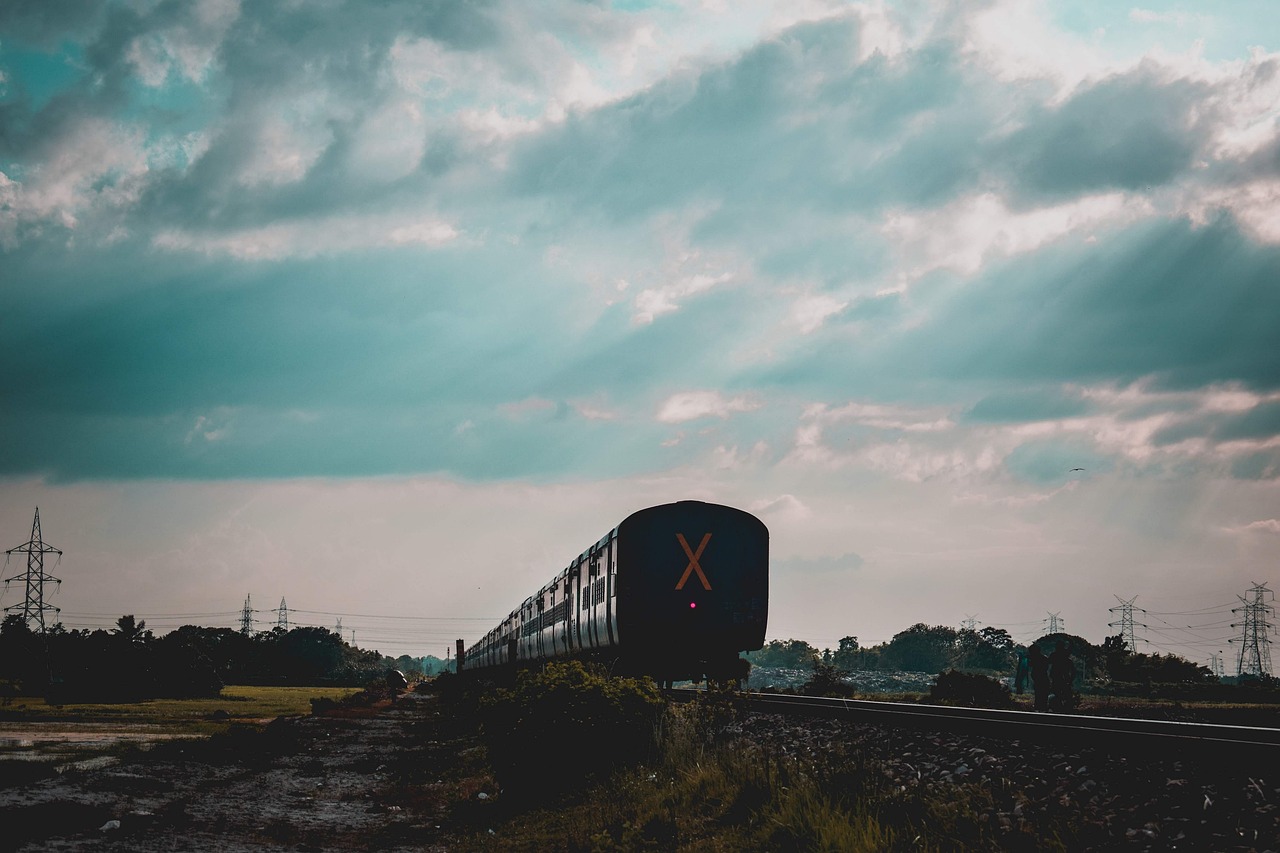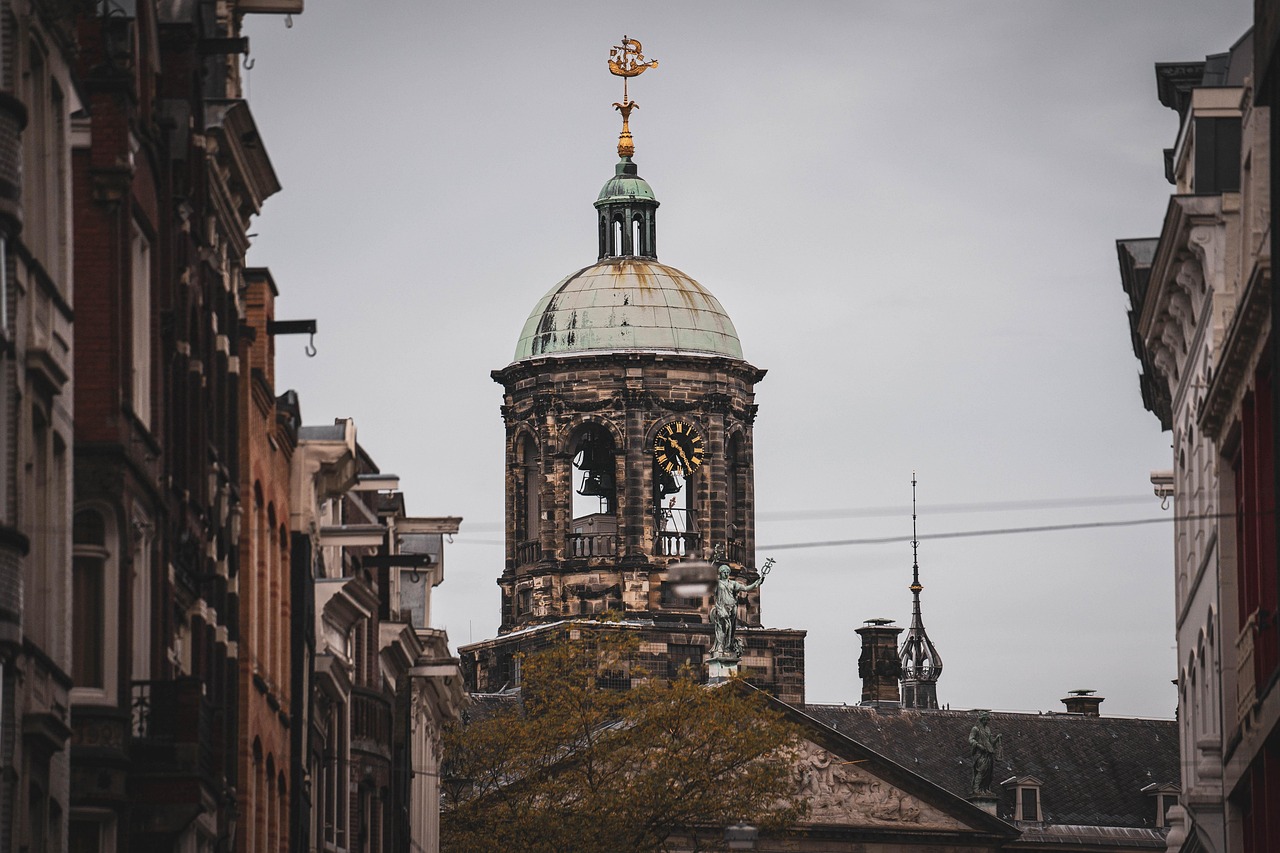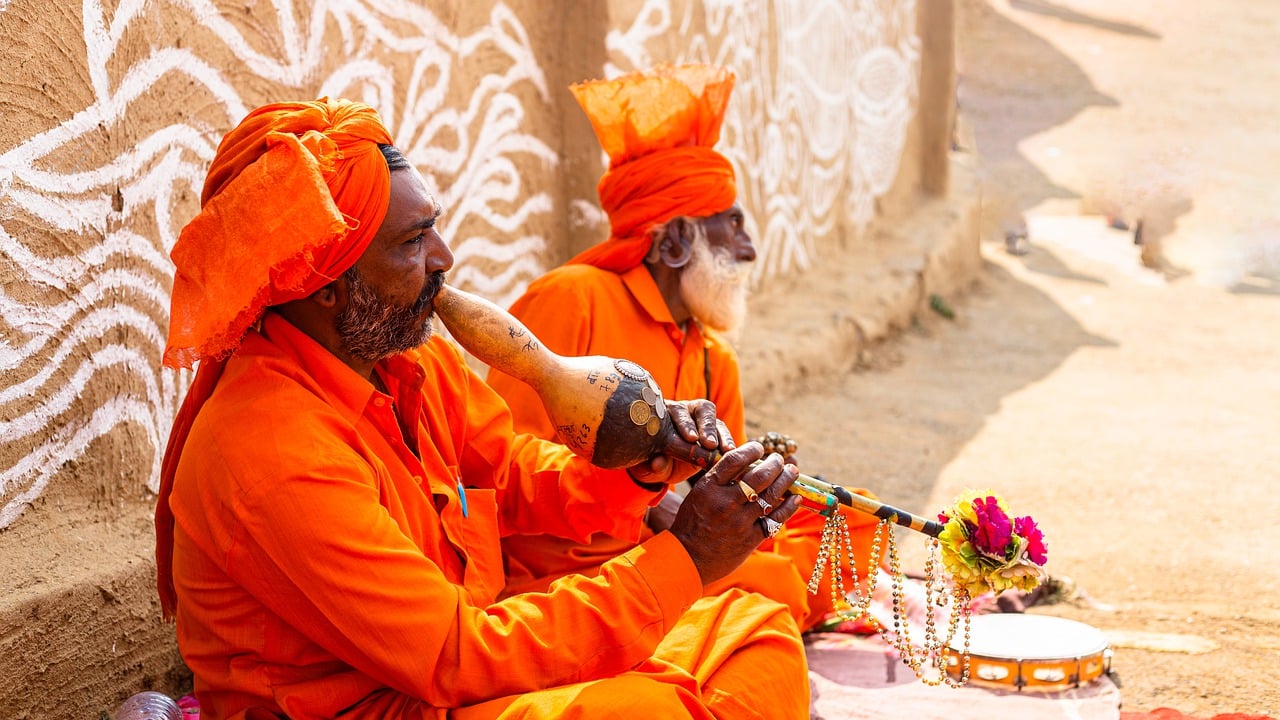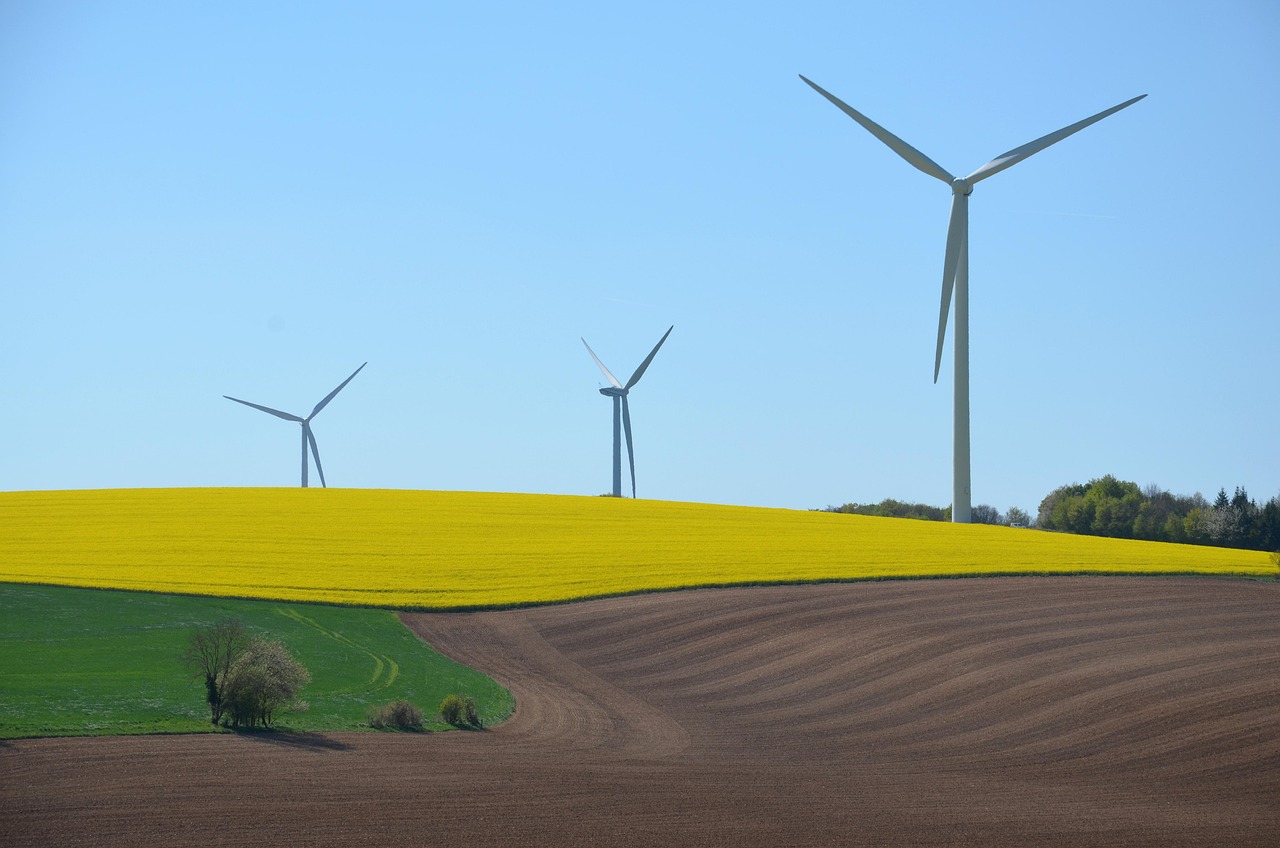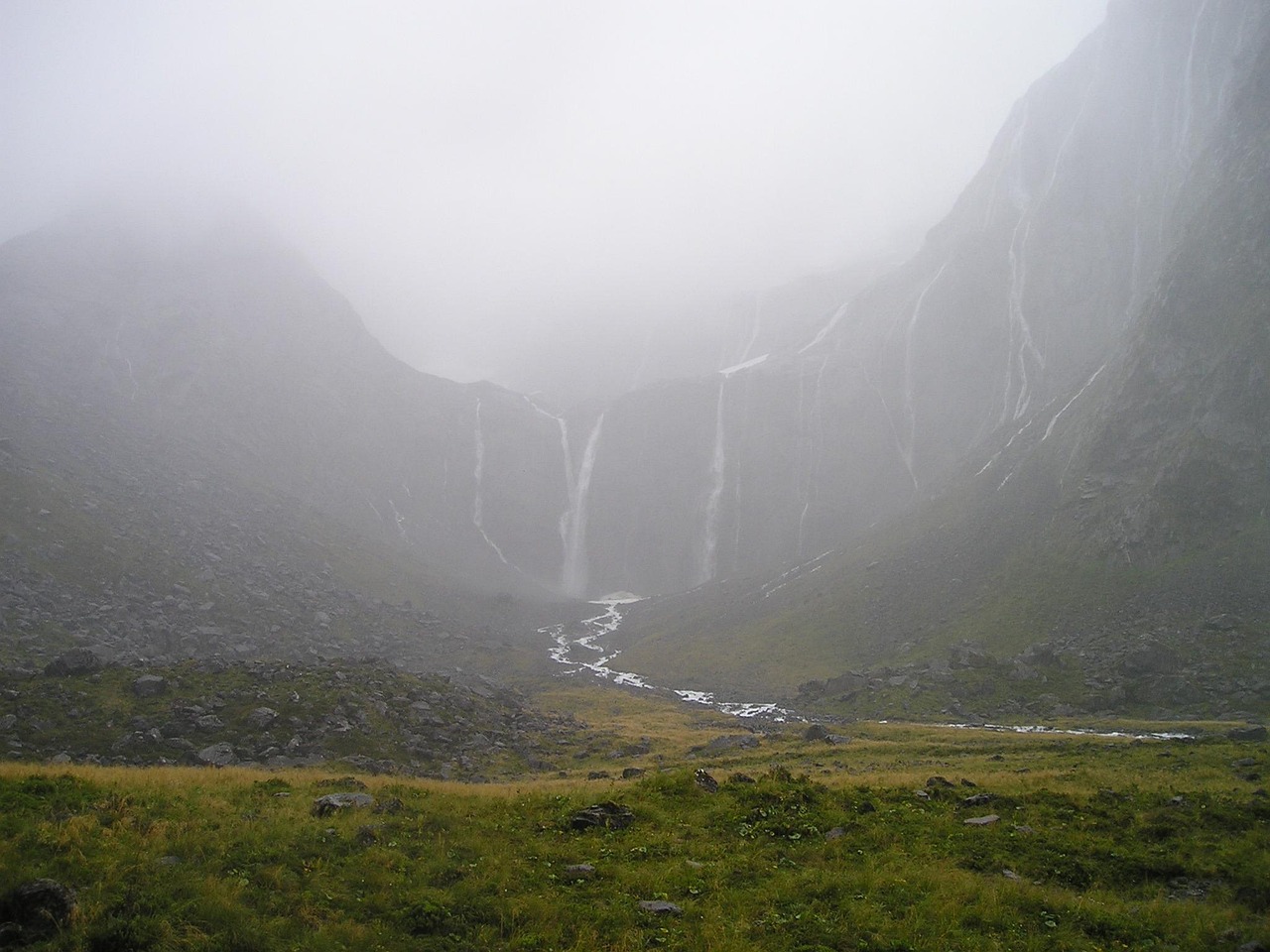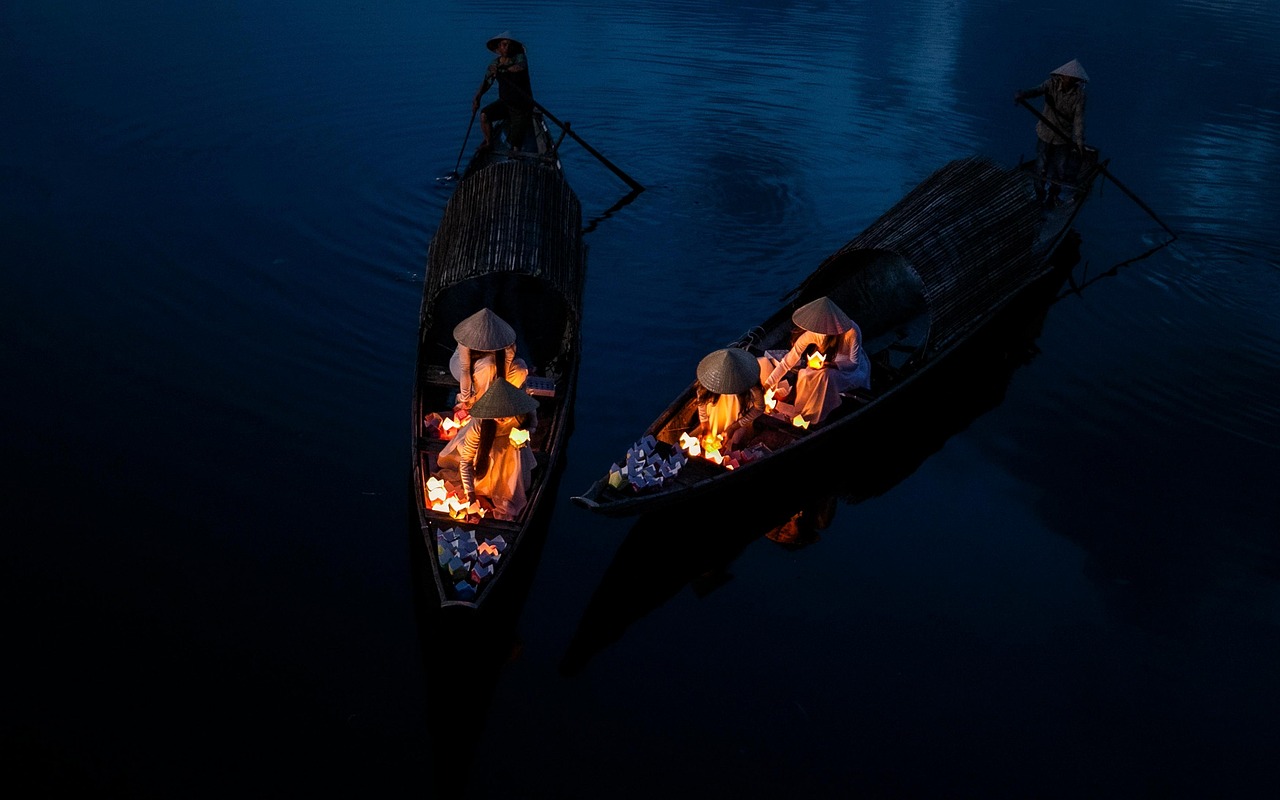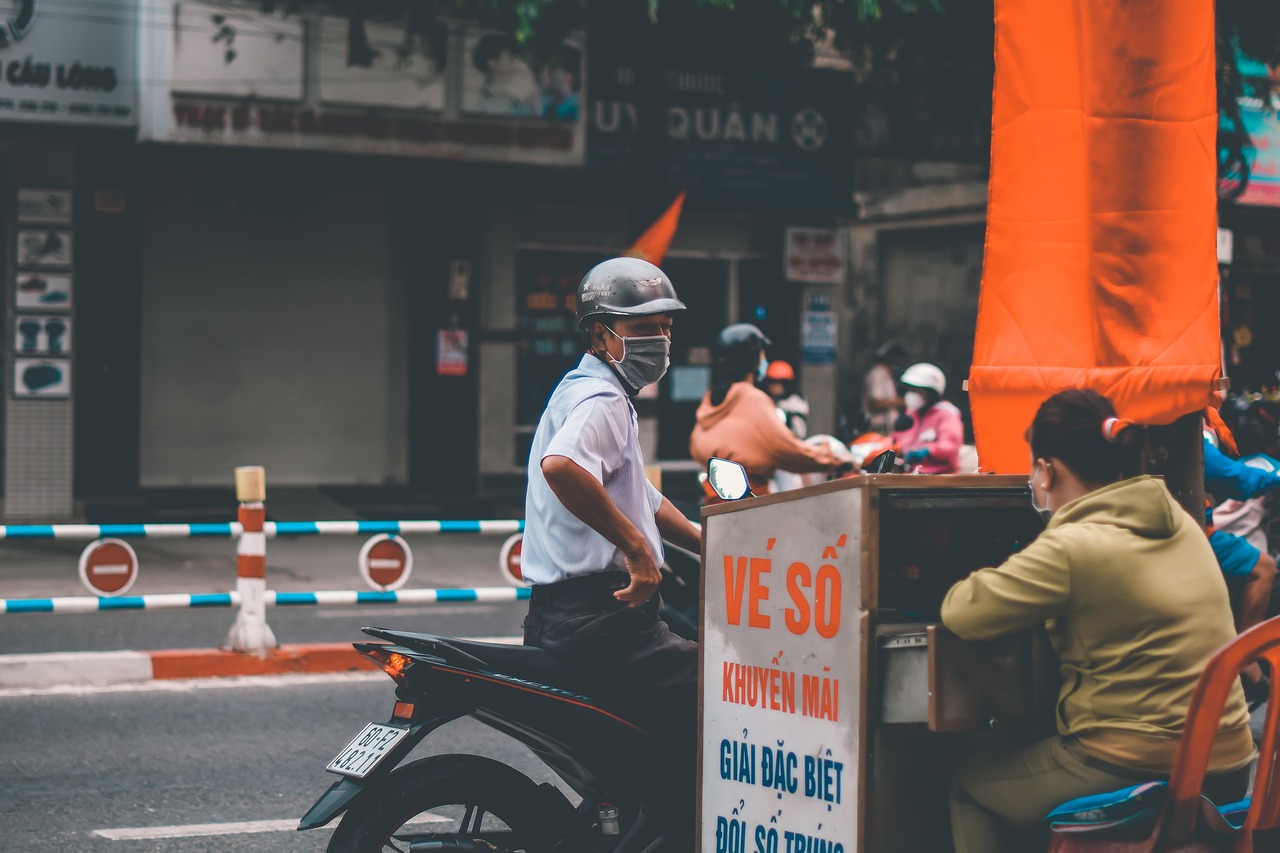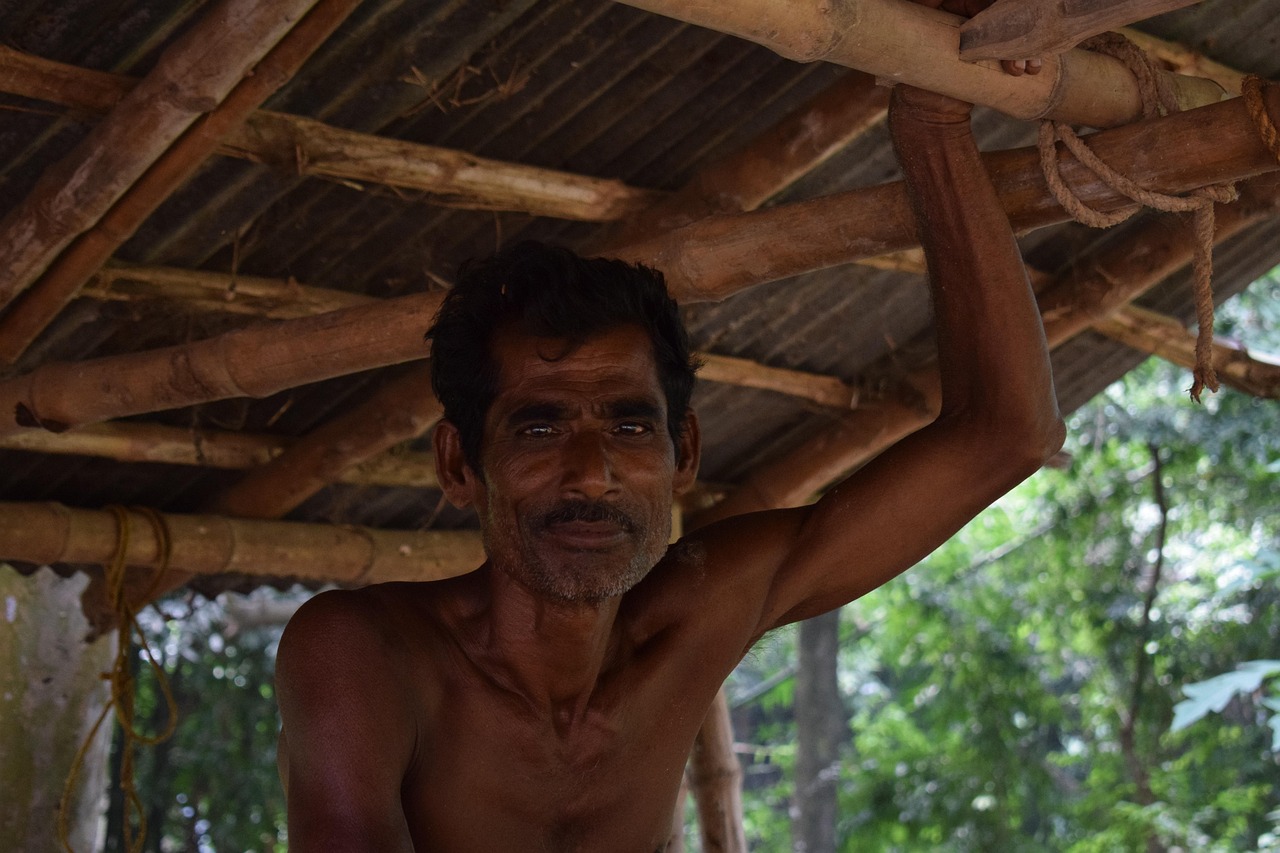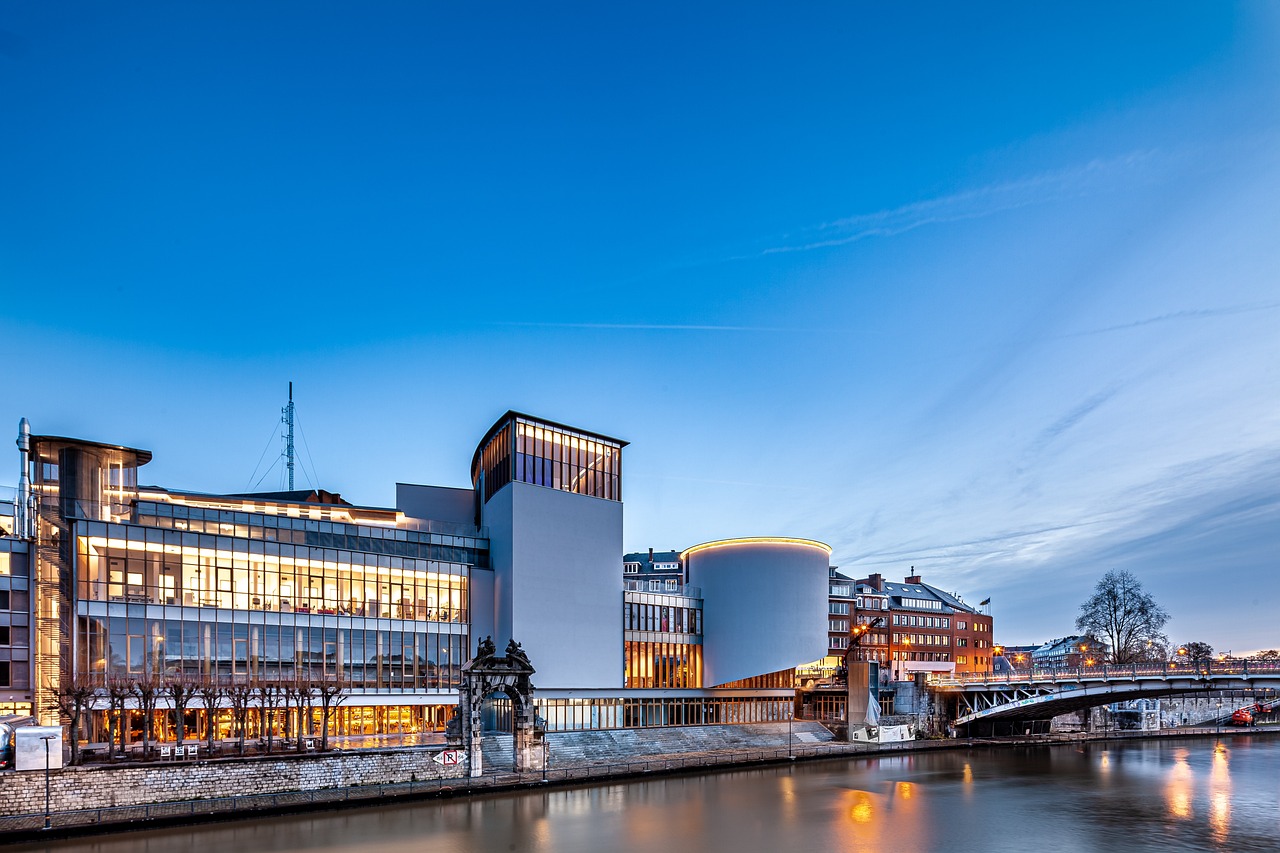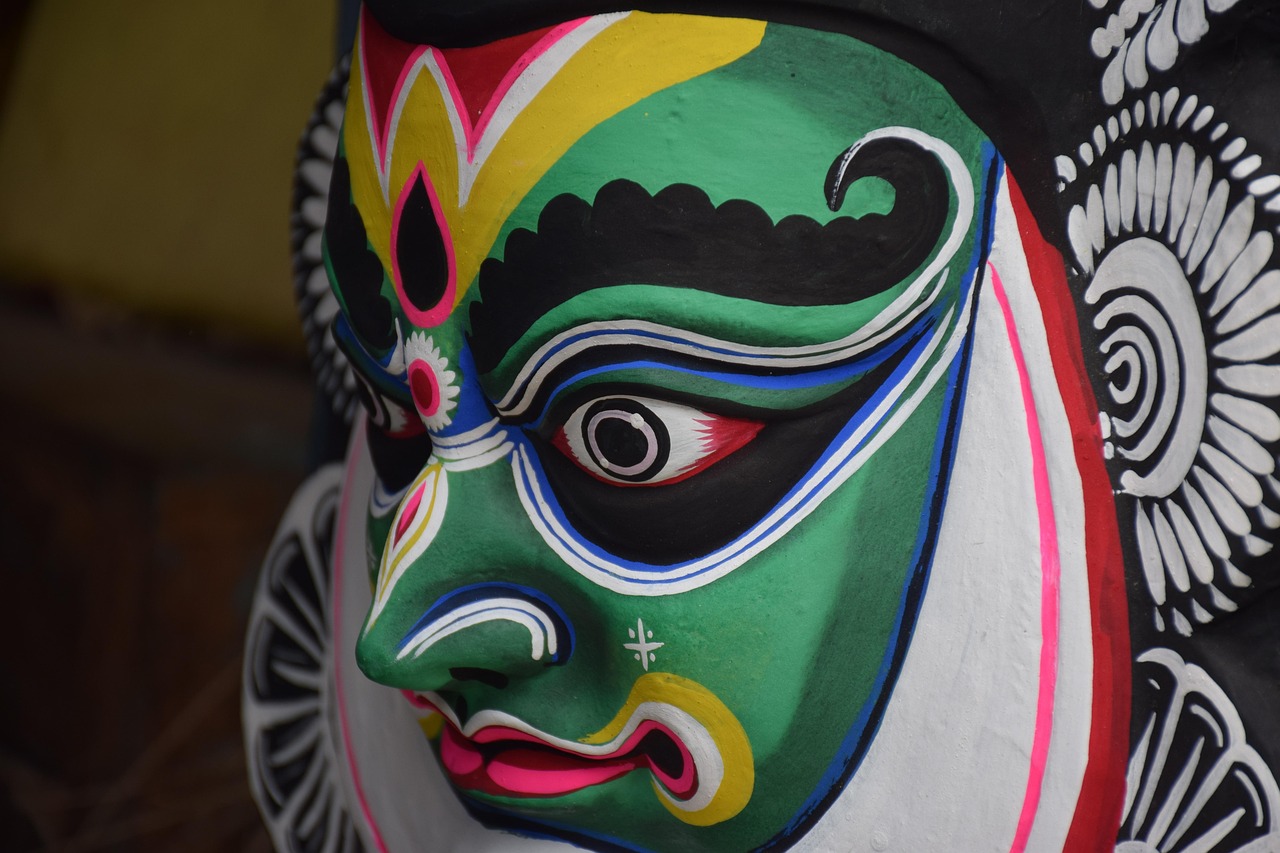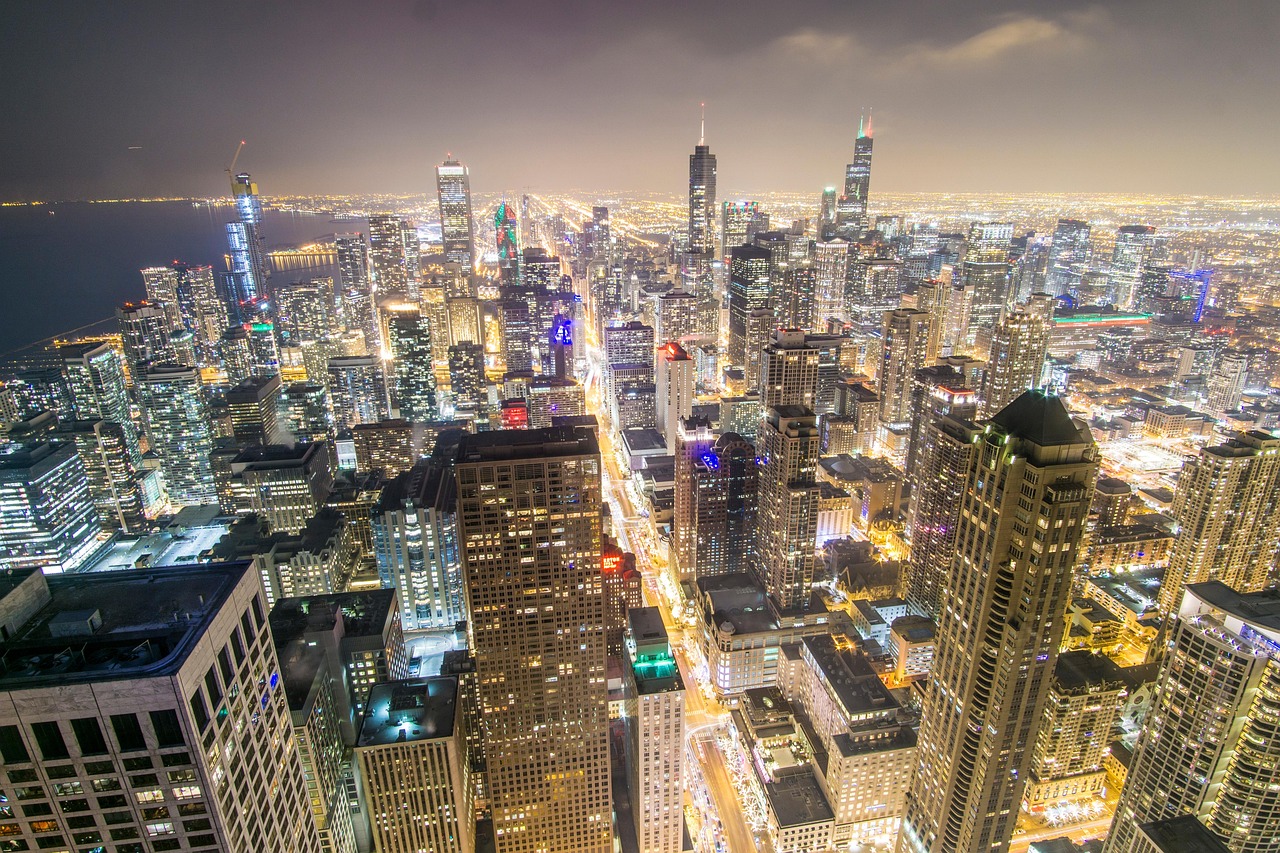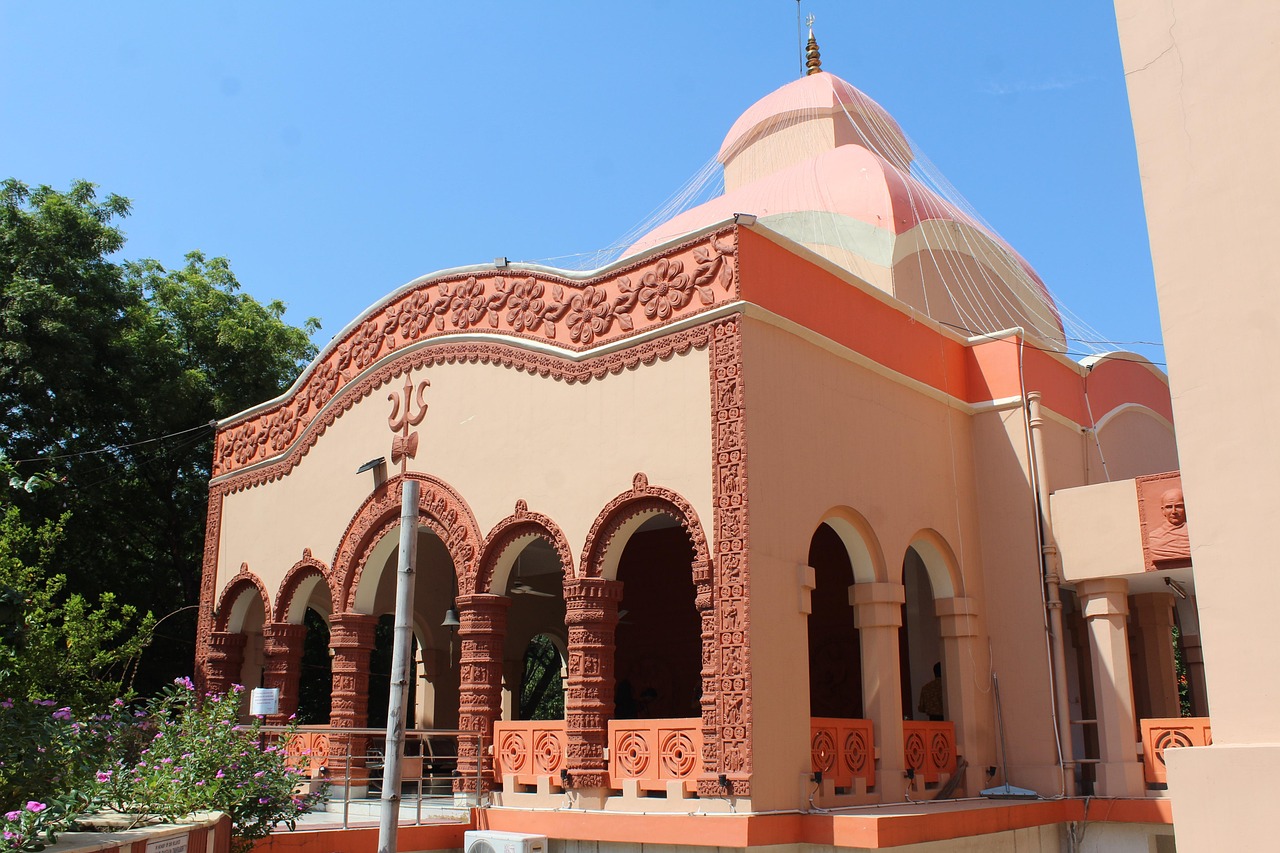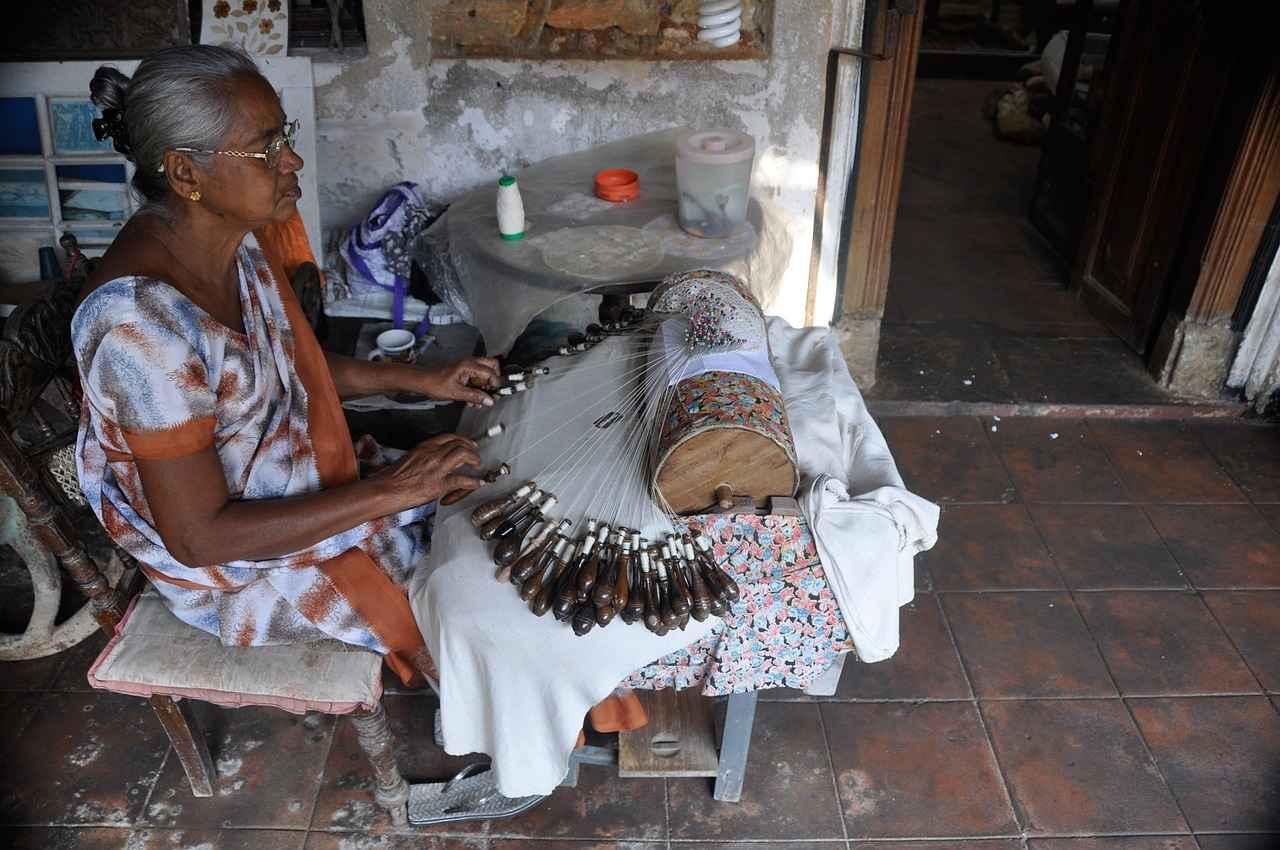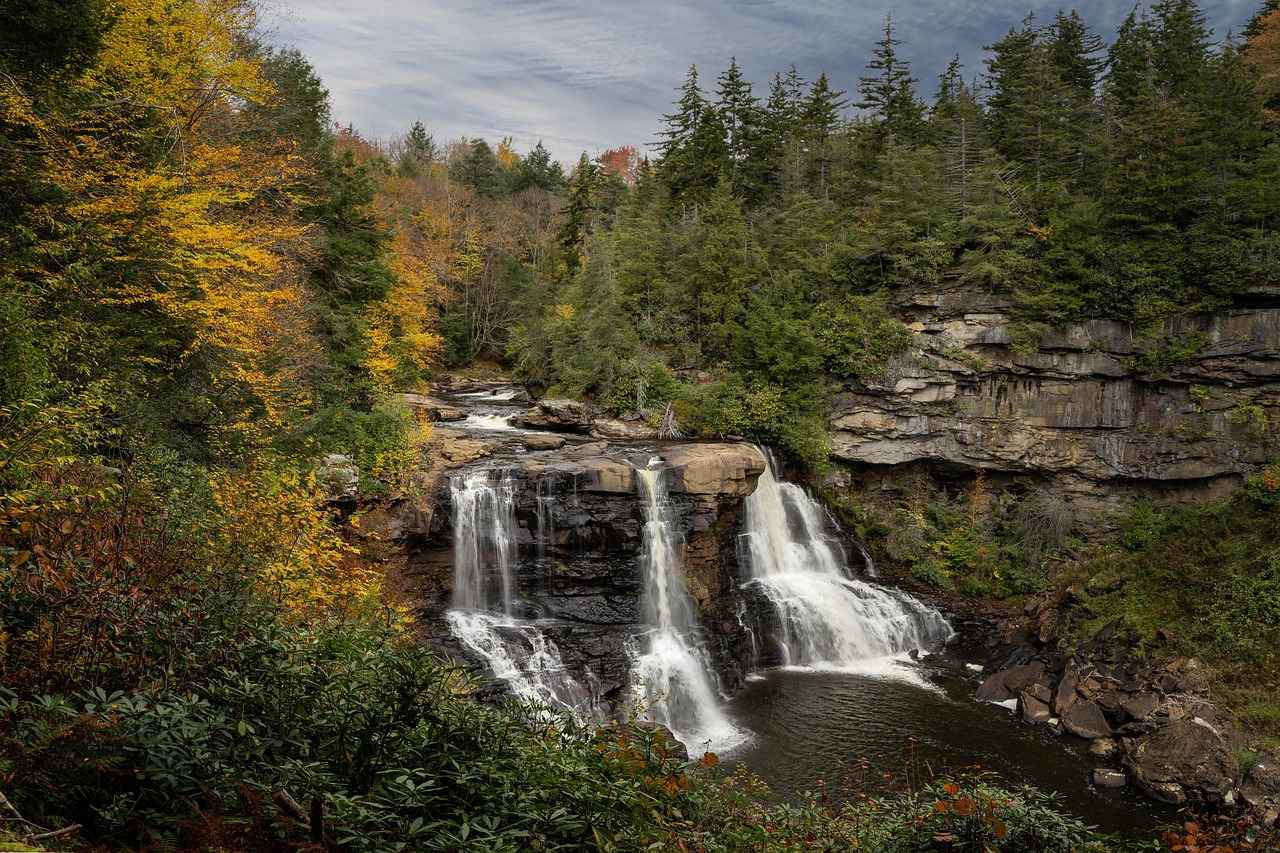This article provides an in-depth exploration of the various districts in West Bengal, highlighting their unique characteristics, cultural significance, and geographical diversity. West Bengal, located in eastern India, is a state rich in history and cultural heritage. Each of its 23 districts has its own story to tell, contributing to the vibrant tapestry that is West Bengal.
1. Introduction to West Bengal
West Bengal is renowned for its diverse culture, historical landmarks, and significant contributions to art and literature. From the bustling streets of Kolkata to the serene tea gardens of Darjeeling, the state offers a unique blend of urban and rural experiences.
2. Overview of Districts in West Bengal
The state is divided into 23 districts, each with its own administrative significance. These districts range from the mountainous terrains of the north to the coastal plains in the south, showcasing a variety of landscapes and lifestyles.
3. North Bengal Districts
- Darjeeling District: Famous for its tea and breathtaking views, it is a popular tourist destination.
- Jalpaiguri District: Acts as a gateway to the Himalayas, known for its rich biodiversity.
- Cooch Behar District: Steeped in history, it boasts several historical landmarks and cultural festivals.
4. South Bengal Districts
- Kolkata District: The capital city is known for its vibrant culture and historical significance.
- Howrah District: Home to the iconic Howrah Bridge, it plays a crucial role in the state’s industrial growth.
- Midnapore District: Known for its agricultural landscape and rich cultural heritage.
5. Central Bengal Districts
- Bardhaman District: Recognized for its educational institutions and historical sites.
- Hooghly District: Rich in history, it is an important cultural hub in West Bengal.
6. Cultural Diversity Across Districts
West Bengal showcases a rich tapestry of cultures, with various festivals and traditions celebrated across its districts. From Durga Puja in Kolkata to the tea festivals in Darjeeling, the state’s cultural diversity is a significant aspect of its identity.
7. Economic Contributions of Each District
Each district plays a vital role in the economy of West Bengal. Agriculture, industry, and tourism are key sectors driving economic growth.
8. Educational Institutions in West Bengal Districts
The state is home to numerous prestigious educational institutions, making it a hub for higher education.
9. Tourist Attractions in West Bengal
From the Sundarbans to the hills of Darjeeling, West Bengal offers a plethora of tourist attractions that cater to various interests.
10. Transportation and Connectivity
Transportation infrastructure is crucial for the development of districts, with extensive rail and road networks connecting various regions.
11. Challenges Faced by Districts
Despite its beauty and diversity, West Bengal faces challenges such as socio-economic issues and environmental concerns that affect different districts.
12. Conclusion: The Essence of West Bengal
The districts of West Bengal collectively showcase the state’s rich heritage and diversity. Understanding these regions is essential for appreciating the state’s overall identity and cultural richness.
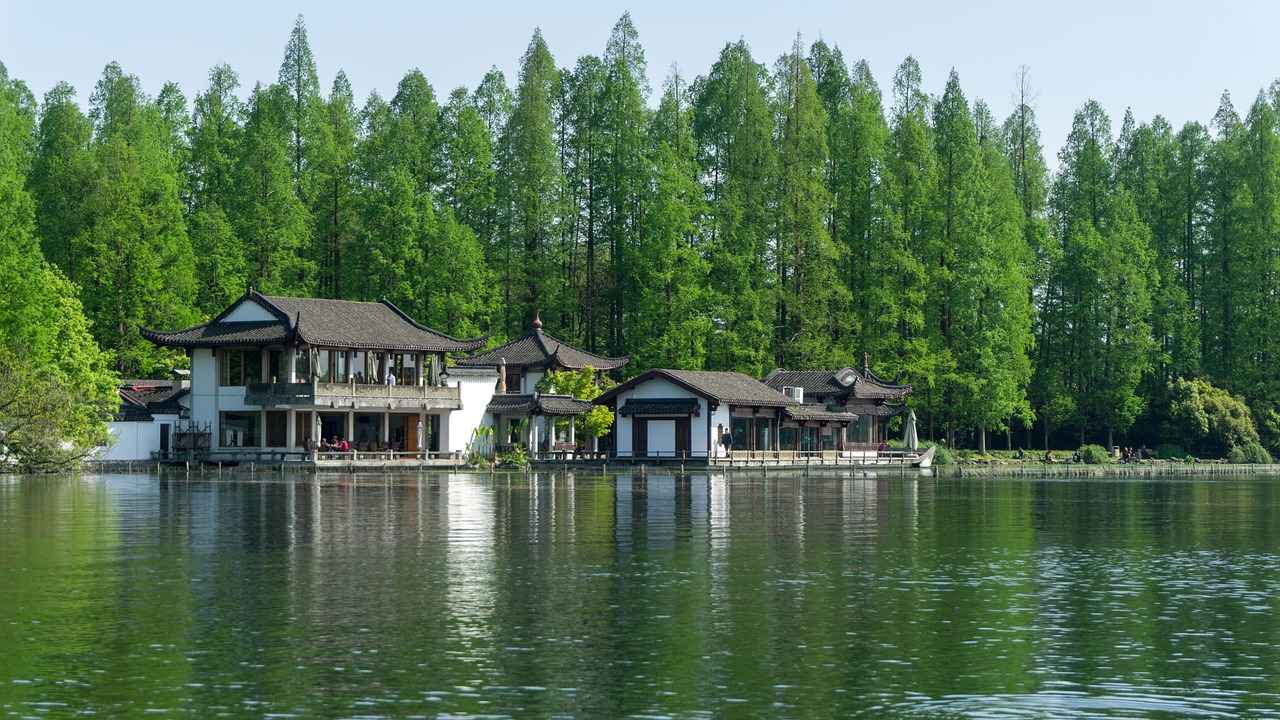
1. Introduction to West Bengal
West Bengal, a vibrant state situated in the eastern part of India, is a region steeped in history and culture. Known for its diverse traditions and rich heritage, West Bengal serves as a melting pot of various influences, making it a unique tapestry of experiences. The state is not only renowned for its significant contributions to art and literature but also for its remarkable cuisine and festivals, which reflect a blend of ancient customs and modern practices.
With a population of over 90 million, West Bengal is one of the most populous states in India. Its capital, Kolkata, famously known as the “City of Joy,” is a hub of cultural activities and serves as the epicenter of Bengali literature and arts. The state has produced numerous literary giants like Rabindranath Tagore, the first non-European Nobel laureate in Literature, and has a rich tradition of theater and music.
Geographically, West Bengal is diverse, featuring the majestic Himalayas in the north, lush tea gardens, and the serene Sundarbans, home to the Royal Bengal Tiger. This geographical variety contributes to the state’s ecological richness and makes it a popular destination for tourists. The state is also known for its vibrant festivals, such as Dussehra and Durga Puja, which attract visitors from across the globe.
In summary, West Bengal stands out not only for its historical significance but also for its cultural vibrancy and natural beauty. Understanding this state is essential for appreciating the broader narrative of India’s diversity and heritage.
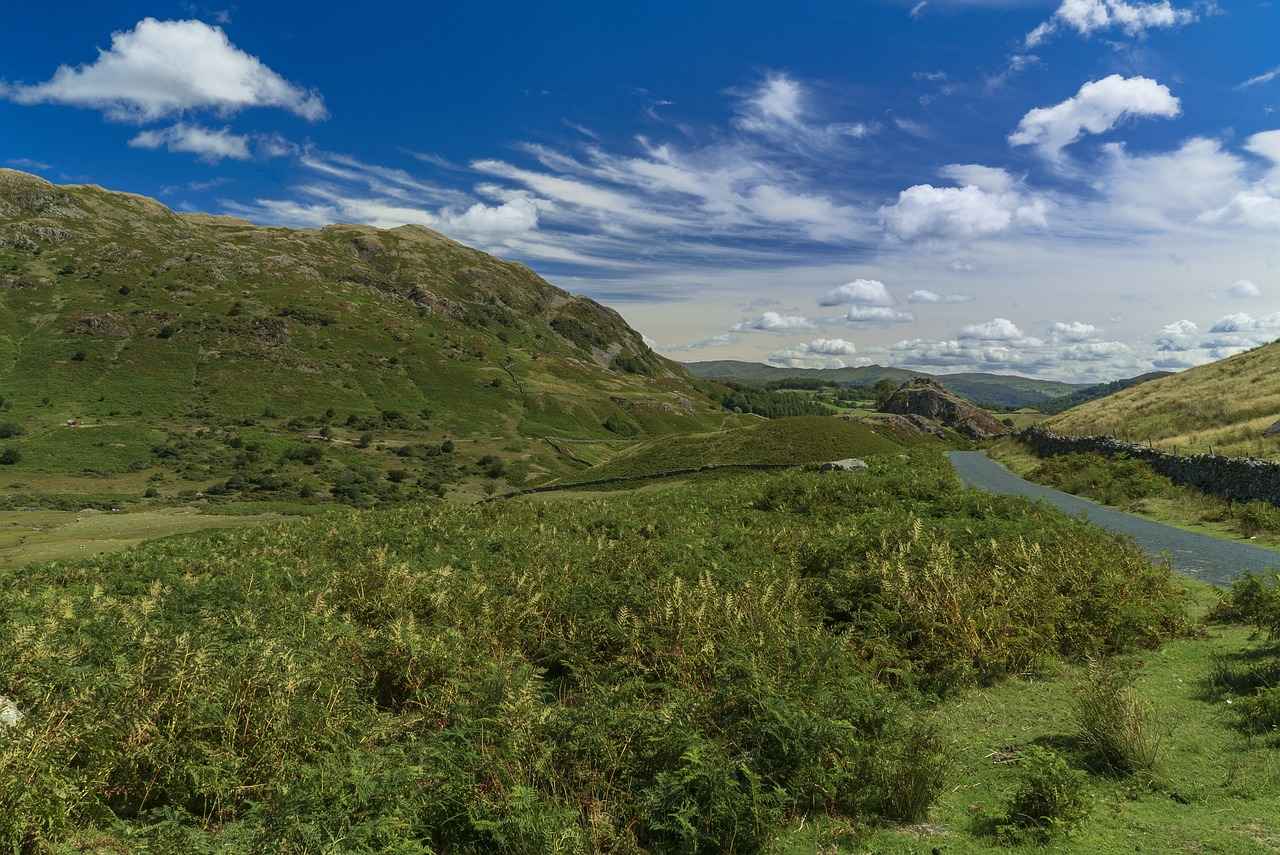
2. Overview of Districts in West Bengal
West Bengal is divided into 23 distinct districts, each showcasing its own unique features and administrative significance. This diverse state is not only rich in cultural heritage but also plays a crucial role in the economic landscape of India.
The districts are categorized into three main regions: North Bengal, South Bengal, and Central Bengal. Each region has its own characteristics that contribute to the overall identity of West Bengal.
| Region | Districts | Key Features |
|---|---|---|
| North Bengal | Darjeeling, Jalpaiguri, Cooch Behar | Scenic beauty, tea gardens, and rich history |
| South Bengal | Kolkata, Howrah, Midnapore | Urban centers, cultural diversity, and economic hubs |
| Central Bengal | Bardhaman, Hooghly | Mix of urban and rural settings, historical sites |
Each district serves a specific administrative purpose and is governed by local bodies that ensure the implementation of government policies and development programs. For instance, Kolkata, the capital city, is not only a cultural capital but also a major economic center, while Darjeeling attracts tourists from around the globe due to its breathtaking landscapes and tea plantations.
Moreover, the districts are crucial for the state’s educational and economic growth. They host numerous educational institutions and industries that contribute significantly to the local and national economy. Understanding the districts of West Bengal is essential for appreciating the state’s rich tapestry of culture, history, and progress.
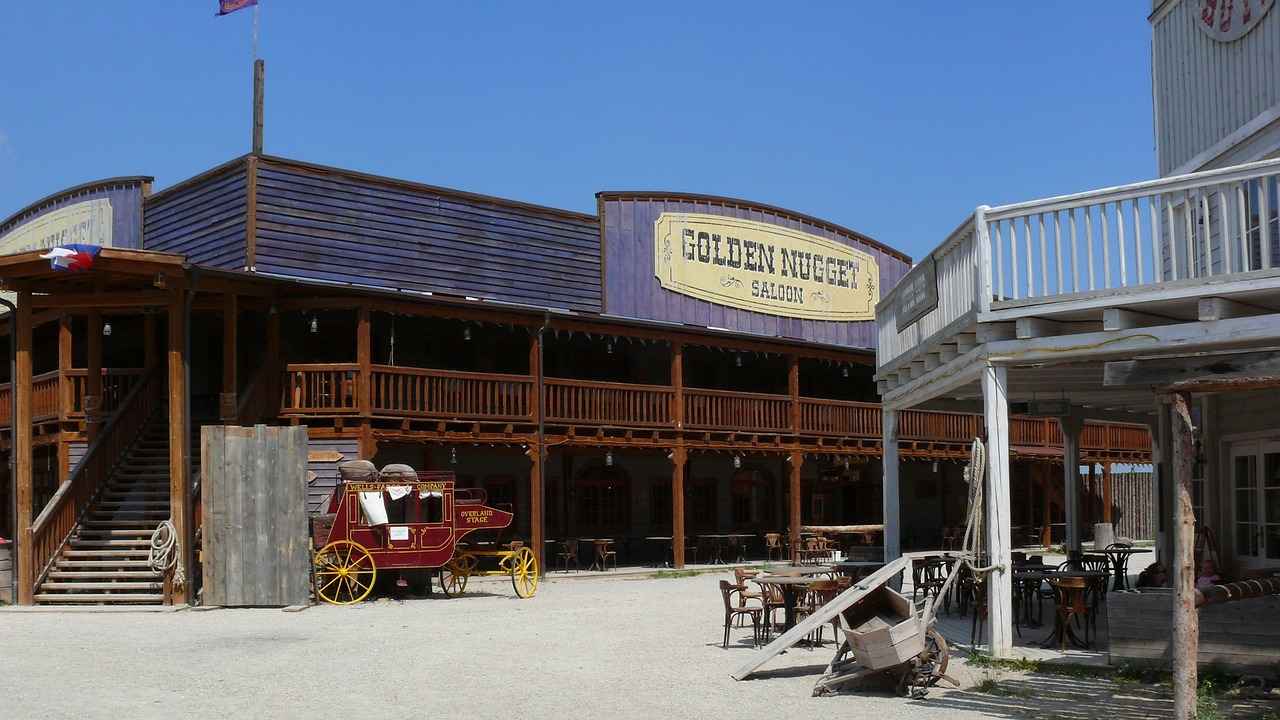
3. North Bengal Districts
North Bengal is renowned for its scenic beauty and sprawling tea gardens, making it a captivating region in the state of West Bengal. This area is characterized by its diverse landscapes, ranging from the majestic Himalayas to lush green valleys. The districts of Darjeeling, Jalpaiguri, and Cooch Behar each offer unique experiences, reflecting the rich cultural and natural heritage of North Bengal.
- Darjeeling District: Famous for its world-class tea, Darjeeling is a popular tourist destination. Visitors flock to this district not only for its tea estates but also for its breathtaking views of the Kanchenjunga mountain range. The Darjeeling Himalayan Railway, a UNESCO World Heritage Site, adds to its charm, providing a nostalgic journey through the hills.
- Jalpaiguri District: Serving as a gateway to the Himalayas, Jalpaiguri is known for its diverse geography, which includes rivers, forests, and hills. The district is also home to several national parks, such as Gorumara National Park, where wildlife enthusiasts can spot rare species like the Indian rhinoceros. The economy is primarily driven by agriculture and tourism.
- Cooch Behar District: Rich in history, Cooch Behar boasts several historical landmarks, including the Cooch Behar Palace, which reflects the architectural grandeur of the past. The district is also known for its vibrant cultural festivals, which showcase the local traditions and customs. The lush landscapes and heritage sites make it a significant cultural hub in North Bengal.
In conclusion, the districts of North Bengal offer a unique blend of natural beauty, cultural richness, and historical significance. Whether one is seeking adventure in the hills, exploring wildlife, or delving into history, North Bengal has something to offer for every traveler.
3.1. Darjeeling District
Darjeeling District, nestled in the northern part of West Bengal, is renowned for its breathtaking landscapes and rich cultural heritage. This picturesque region is often referred to as the “Queen of the Hills” due to its stunning views of the Himalayas and lush tea gardens that stretch as far as the eye can see.
One of the primary attractions of Darjeeling is its world-famous tea plantations. The tea produced here is celebrated globally for its unique flavor and aroma. Visitors can explore various estates, such as the Happy Valley Tea Estate, where they can learn about the tea-making process and enjoy tasting sessions.
In addition to tea, Darjeeling is home to several iconic landmarks. The Darjeeling Himalayan Railway, a UNESCO World Heritage Site, offers a charming ride through the hills, showcasing the region’s natural beauty. Another must-visit site is the Tiger Hill, which provides a stunning view of the sunrise over the majestic Kanchenjunga, the third-highest mountain in the world.
The cultural significance of Darjeeling is equally noteworthy. The district is a melting pot of various communities, including Gorkhas, Lepchas, and Tibetans, each contributing to the area’s rich tapestry of traditions and festivals. The Darjeeling Carnival and the Tibetan New Year (Losar) are vibrant celebrations that attract both locals and tourists, showcasing the unique cultural heritage of the region.
Moreover, Darjeeling’s diverse flora and fauna make it a haven for nature lovers and adventure seekers. The Singalila National Park offers trekking opportunities, where visitors can explore the stunning landscapes and spot rare wildlife, including the elusive red panda.
In conclusion, Darjeeling District is not only famous for its tea and stunning landscapes but also for its rich cultural heritage and diverse attractions. Whether you are a nature enthusiast, a tea lover, or a culture seeker, Darjeeling promises an unforgettable experience.
3.2. Jalpaiguri District
Jalpaiguri District stands as a remarkable entry point to the majestic Himalayas, offering a unique blend of geographical features and economic activities that contribute significantly to the region’s identity.
Located in the northern part of West Bengal, Jalpaiguri is characterized by its diverse topography, which includes lush tea gardens, rolling hills, and the mighty Teesta River. The district’s proximity to the Himalayas not only enhances its scenic beauty but also plays a crucial role in its climate, making it a favorable location for agriculture and tourism.
Geographical Features
- Elevation and Climate: The district experiences a varied climate, with cooler temperatures in the higher altitudes and a subtropical climate in the plains.
- Natural Resources: Jalpaiguri is rich in natural resources, including forests that are home to diverse flora and fauna.
- Water Bodies: The Teesta and Jorpokhri rivers are significant for irrigation and also attract tourists for activities like rafting and fishing.
Economic Activities
- Agriculture: The fertile lands support the cultivation of various crops, with tea being the most prominent. The tea estates in Jalpaiguri are renowned for producing high-quality tea.
- Tourism: As a gateway to the Himalayas, the district attracts numerous tourists seeking adventure and natural beauty. Popular destinations include Jorpokhri Wildlife Sanctuary and Gorumara National Park.
- Handicrafts: The local artisans produce exquisite handicrafts that reflect the rich cultural heritage of the region.
In conclusion, Jalpaiguri District is not just a passage to the Himalayas; it is a vibrant region with a rich tapestry of geographical and economic features that contribute to its significance in West Bengal. Understanding these aspects is essential for appreciating the district’s role in the state’s overall landscape.
3.3. Cooch Behar District
Cooch Behar District is a treasure trove of history and heritage, nestled in the northern part of West Bengal. This district is renowned for its rich tapestry of cultural landmarks and vibrant festivals that reflect the traditional ethos of the region. In this section, we will delve deeper into the historical significance and cultural celebrations that make Cooch Behar a unique destination.
The district is home to several historical landmarks that narrate the tales of its glorious past. One of the most significant sites is the Cooch Behar Palace, an architectural marvel built in the 19th century. This palace showcases a blend of European and Indian styles, offering visitors a glimpse into the royal lifestyle of the erstwhile Cooch Behar kingdom. Additionally, the Baneshwar Temple and the Gajoldoba Barrage are notable attractions that draw history enthusiasts and tourists alike.
Cooch Behar is also famous for its cultural festivals, which are celebrated with great enthusiasm by the local populace. The Rath Yatra, held annually, attracts thousands of devotees who participate in the grand procession, pulling the chariots of Lord Jagannath. Another significant festival is Durgapuja, which showcases elaborate decorations, artistic pandals, and vibrant cultural performances, making it a highlight of the year for locals and visitors.
Furthermore, the district’s rich cultural heritage is evident in its traditional dance forms and folk music, which are integral to its festivals. The local cuisine, featuring dishes like pithas and fish curries, adds a culinary dimension to its cultural identity.
In conclusion, Cooch Behar District is not just a place of scenic beauty but a hub of historical richness and cultural vibrancy. Its landmarks and festivals provide a unique insight into the traditions and history of West Bengal, making it a must-visit destination for those seeking to explore the depth of Indian heritage.

4. South Bengal Districts
South Bengal is a vibrant region that showcases a unique blend of urbanization and cultural diversity. This part of West Bengal is home to several key districts, each contributing to the rich tapestry of the state’s identity. In this section, we will delve into the districts of Kolkata, Howrah, and Midnapore, exploring their distinctive characteristics and cultural significance.
Kolkata, the capital city of West Bengal, stands as a symbol of the state’s rich heritage and cultural vibrancy. Known as the “City of Joy,” Kolkata is famous for its colonial architecture, bustling markets, and vibrant arts scene. The city is a melting pot of cultures, where festivals like Durga Puja and Poila Baisakh are celebrated with immense fervor. Visitors can explore iconic landmarks such as the Victoria Memorial, Howrah Bridge, and the historic Indian Museum.
Howrah, located just across the Hooghly River from Kolkata, is known for its industrial significance and infrastructure. The Howrah Bridge, an engineering marvel, connects the two cities and is one of the busiest bridges in the world. Howrah is also home to several important railway stations and serves as a major transportation hub in the region. The district’s rich cultural heritage is evident in its numerous temples and festivals, which attract visitors from far and wide.
Midnapore, on the other hand, offers a glimpse into the rural landscape of South Bengal. Known for its agricultural activities, Midnapore is characterized by lush fields and a strong connection to nature. The district is steeped in history, with several ancient temples and historical sites that reflect its cultural legacy. Festivals like Chhath Puja and Rath Yatra are celebrated with great enthusiasm, showcasing the local traditions and community spirit.
In summary, the districts of South Bengal—Kolkata, Howrah, and Midnapore—each possess unique attributes that contribute to the overall cultural and economic fabric of West Bengal. From the urban vibrancy of Kolkata to the industrial growth of Howrah and the agricultural richness of Midnapore, this region is a testament to the diverse heritage and dynamic lifestyle of the people of West Bengal.
4.1. Kolkata District
Kolkata DistrictKolkata, the capital of West Bengal, stands as a beacon of cultural richness and historical depth. Known for its vibrant streets, artistic heritage, and intellectual fervor, Kolkata is often referred to as the cultural capital of India. This section delves into the historical significance of Kolkata, along with its modern-day attractions that continue to draw visitors from around the globe.
- Historical Significance: Kolkata was the capital of British India until 1911, which has left a profound mark on its architecture and urban planning. The city is home to numerous colonial-era buildings, including the Victoria Memorial and the Indian Museum, which reflect its rich past.
- Modern-Day Attractions: Today, Kolkata is a bustling metropolis that offers a blend of the old and the new. Popular attractions include:
- Howrah Bridge: An iconic symbol of the city, this bridge connects Kolkata with Howrah and is a marvel of engineering.
- Science City: A hub for science enthusiasts, featuring interactive exhibits and a planetarium.
- Park Street: Known for its vibrant nightlife, restaurants, and historic cafes, Park Street is a must-visit for food lovers.
Furthermore, Kolkata is famous for its festivals, particularly Dussehra and Durga Puja, which showcase the city’s rich traditions and community spirit. These festivals attract thousands of visitors each year, adding to the city’s dynamic atmosphere.
In conclusion, Kolkata is a city that beautifully juxtaposes its historical significance with modern-day attractions, making it a vital part of West Bengal’s identity. Whether you are a history buff, a culture enthusiast, or simply looking to explore, Kolkata offers an unforgettable experience.
4.2. Howrah District
Howrah District, located in the state of West Bengal, is renowned for its iconic Howrah Bridge and significant industrial growth. This district plays a pivotal role in the economic landscape of the region, contributing extensively to both local and state economies.
The Howrah Bridge, also known as the Rabindra Setu, is not just a vital transportation link but also a symbol of the city. Spanning the Hooghly River, it connects Howrah to Kolkata and is one of the busiest bridges in the world, handling over 100,000 vehicles daily. Its architectural marvel attracts tourists and serves as a vital artery for commuters.
In terms of industrial contributions, Howrah is home to a diverse range of industries, including engineering, textiles, and shipbuilding. The district’s strategic location near Kolkata enhances its accessibility, making it an attractive hub for businesses. The Howrah Industrial Estate is a testament to this growth, hosting numerous small and medium enterprises that contribute significantly to employment and economic development.
Moreover, Howrah’s infrastructure has seen remarkable improvements over the years. The district boasts a well-developed network of roads, railways, and waterways, facilitating smooth transportation of goods and services. The presence of the Howrah Railway Station, one of the largest in India, further underscores its importance as a transportation hub.
In conclusion, Howrah District stands out not only for its historical and cultural significance but also for its dynamic economic landscape. The combination of its iconic bridge, industrial growth, and robust infrastructure makes it a vital component of West Bengal’s overall development.
4.3. Midnapore District
Midnapore District is a vibrant region in West Bengal, renowned for its rich agricultural landscape and deep-rooted cultural heritage. This district, characterized by its lush green fields and rural economy, plays a significant role in the overall agricultural output of the state.
Midnapore’s economy is predominantly agricultural, with a large percentage of the population engaged in farming. The fertile land supports the cultivation of various crops, including rice, jute, and vegetables. The district is also known for its pulses and oilseeds, contributing to both local consumption and market supply.
In addition to agriculture, Midnapore boasts a rich cultural heritage that reflects the traditions and lifestyles of its inhabitants. The district celebrates numerous festivals that showcase its diverse cultural practices. Among these, Durga Puja and Chhath Puja are particularly significant, drawing large crowds and fostering community spirit.
Moreover, Midnapore is home to several historical landmarks and sites of cultural importance. The Midnapore Fort and various temples are testaments to the district’s historical significance. These sites not only attract tourists but also serve as a reminder of the region’s illustrious past.
To further understand the dynamics of Midnapore’s economy and culture, let’s look at the following table:
| Aspect | Details |
|---|---|
| Agricultural Products | Rice, Jute, Pulses, Oilseeds |
| Cultural Festivals | Durga Puja, Chhath Puja |
| Historical Sites | Midnapore Fort, Various Temples |
In conclusion, Midnapore District stands out not only for its agricultural prowess but also for its vibrant cultural landscape. As the district continues to evolve, it remains a crucial part of West Bengal’s identity, blending tradition with modernity.
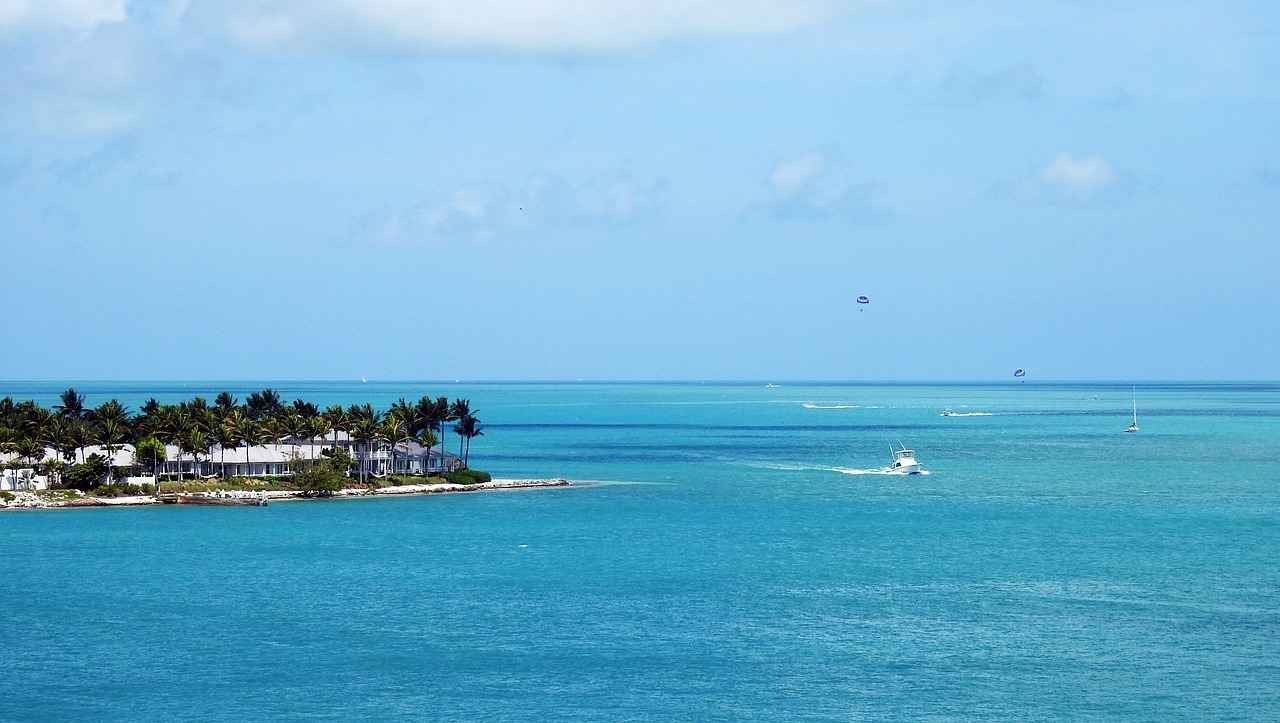
5. Central Bengal Districts
Central Bengal is a fascinating region that showcases a harmonious blend of urban and rural environments. This area is characterized by its rich cultural heritage, historical significance, and economic diversity. Among the notable districts in Central Bengal are Bardhaman and Hooghly, each offering unique attributes that contribute to the overall identity of West Bengal.
5.1. Bardhaman District
Bardhaman, also known as Burdwan, is a district steeped in history and education. It is renowned for its educational institutions, including prestigious colleges and universities that attract students from across the state. The district is also famous for its historical sites, such as the Bardhaman Rajbari and the ancient temples that reflect the architectural brilliance of bygone eras. The agricultural landscape of Bardhaman is equally significant, with rice and jute being the primary crops cultivated here.
5.2. Hooghly District
Hooghly district is rich in cultural heritage and is home to several important historical sites. One of its most famous landmarks is the Hooghly Imambara, a stunning example of Islamic architecture. The district has a vibrant economy, with industries ranging from jute production to small-scale manufacturing. Hooghly is also known for its traditional festivals, which reflect the diverse cultural practices of the region. The Ganges River, which flows through Hooghly, plays a crucial role in the local economy and culture, serving as a vital waterway for trade and transportation.
In conclusion, Central Bengal, with its districts of Bardhaman and Hooghly, exemplifies the rich tapestry of West Bengal’s cultural and historical landscape. The blend of urban development and rural charm makes this region a vital part of the state’s identity.
5.1. Bardhaman District
Bardhaman District holds a significant place in the cultural and educational landscape of West Bengal. Known for its rich historical sites and esteemed educational institutions, Bardhaman has played a pivotal role in the state’s development.
This district is home to numerous historical landmarks that reflect its glorious past. Among these are the Bardhaman Rajbari, a magnificent palace that showcases the architectural brilliance of the bygone era, and the Deul Park, which features ancient temples and serene surroundings, attracting both tourists and scholars alike.
In addition to its historical importance, Bardhaman is renowned for its educational institutions. The district hosts several prestigious colleges and universities, such as Bardhaman University and Rani Dhanya Kumari College, which have contributed significantly to the higher education landscape of the region. These institutions not only provide quality education but also foster research and innovation, preparing students to meet the challenges of the modern world.
The role of Bardhaman in the state’s development cannot be overstated. Its educational institutions have produced a skilled workforce that fuels the local economy and beyond. The district’s focus on education has empowered many individuals, leading to increased literacy rates and improved socio-economic conditions.
Furthermore, Bardhaman’s geographical location makes it a hub for trade and commerce, connecting various parts of West Bengal. The district’s infrastructure, including roads and railways, facilitates easy access to neighboring regions, enhancing its economic prospects.
In conclusion, Bardhaman District is a vital contributor to the overall development of West Bengal. With its rich historical heritage and commitment to education, it continues to shape the future of the state while preserving its cultural identity.
5.2. Hooghly District
Hooghly District is a region steeped in history and culture, making it a significant part of West Bengal’s rich heritage. Located along the banks of the Hooghly River, this district has played a crucial role in the historical and cultural evolution of the state.
Historically, Hooghly was a prominent center for trade and commerce during the British colonial period. The district is home to several historical landmarks that reflect its glorious past. Notable sites include the Hooghly Imambara, renowned for its stunning architecture and spiritual significance, and the Bandel Church, which is one of the oldest churches in India.
In terms of cultural significance, Hooghly is known for its vibrant festivals and traditions. The district celebrates various cultural events that showcase the rich tapestry of Bengali culture. The Durga Puja festival, for instance, attracts visitors from all over the country, highlighting the artistic talents of local artisans. Additionally, the Chandannagar area is famous for its French colonial heritage, which adds a unique flavor to the district’s cultural landscape.
Moreover, Hooghly is also recognized for its contributions to literature and arts. The district has produced many prominent writers and artists who have significantly influenced Bengali literature and art forms. This cultural legacy is preserved through various institutions and local initiatives that promote the arts.
In conclusion, Hooghly District stands as a testament to the rich heritage of West Bengal, blending its historical significance with a vibrant cultural identity. Understanding Hooghly’s role in the context of West Bengal’s heritage is essential for appreciating the state’s overall identity and diversity.
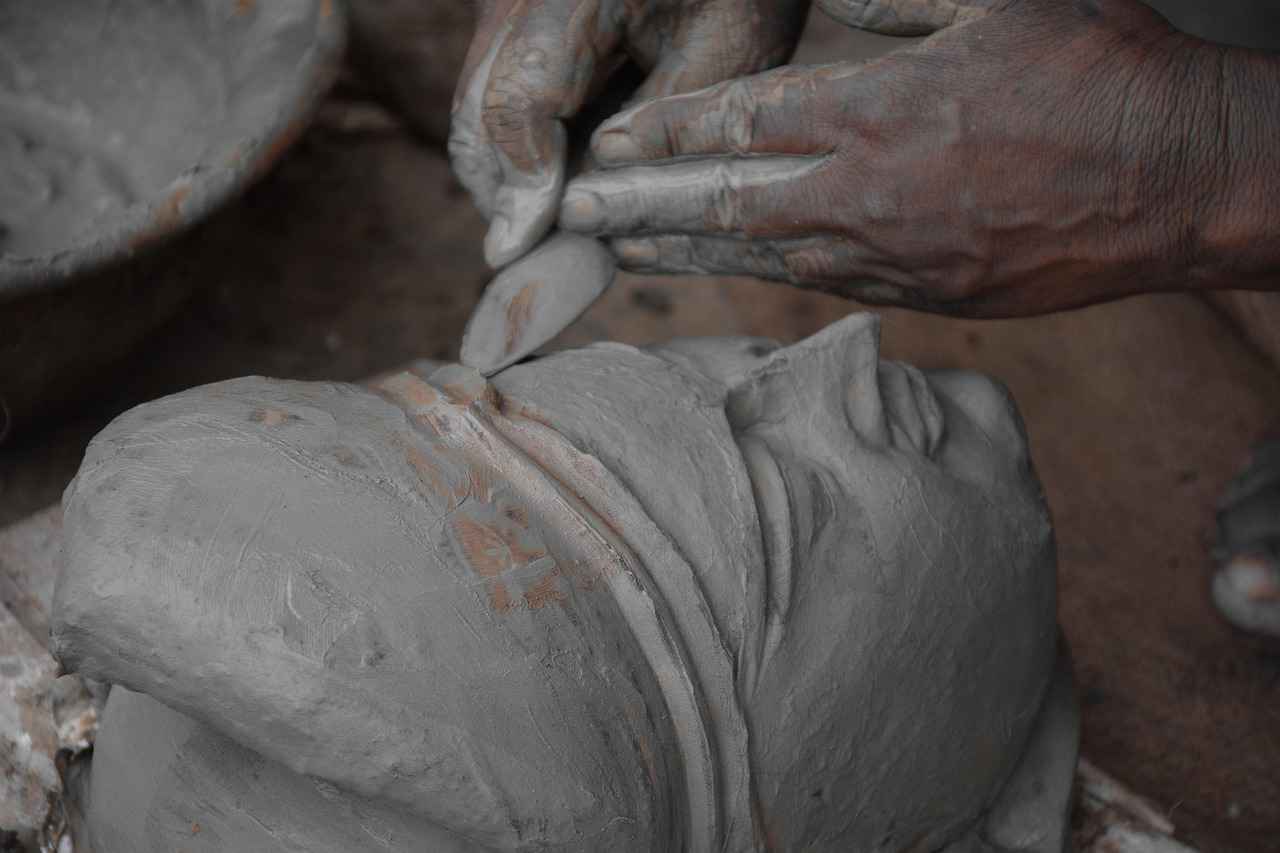
6. Cultural Diversity Across Districts
West Bengal is a state where cultural diversity flourishes, reflecting a blend of traditions, languages, and festivals across its districts. Each region boasts its own unique cultural practices that contribute to the state’s rich heritage.
In the northern districts like Darjeeling, the influence of Tibetan culture is prominent, especially during the Losar festival, which marks the Tibetan New Year. The local cuisine, featuring momos and thukpa, is a testament to this cultural exchange.
Moving to the plains, districts such as Jalpaiguri and Cooch Behar celebrate the Durga Puja with grandeur. This festival, dedicated to the goddess Durga, showcases elaborate idols, vibrant processions, and cultural performances that attract visitors from all over the state.
In Kolkata, the capital city, the cultural scene is vibrant and dynamic. The Poila Baishakh, or Bengali New Year, is celebrated with street fairs, traditional music, and dance, highlighting the city’s artistic spirit. The Kolkata Book Fair also draws literature enthusiasts from across the globe.
South Bengal, particularly in districts like Howrah and Midnapore, showcases a mix of urban and rural traditions. The Chhath Puja, celebrated by the Bihari community, involves elaborate rituals and is an integral part of the cultural fabric in these areas.
In Central Bengal, the Bardhaman and Hooghly districts are known for their religious festivals like Rath Yatra, where massive chariots are pulled through the streets, attracting large crowds and fostering a sense of community.
Overall, the cultural practices and festivals across the districts of West Bengal not only reflect the local traditions but also promote unity and diversity. This cultural richness is a vital part of the state’s identity, making it a fascinating place to explore.
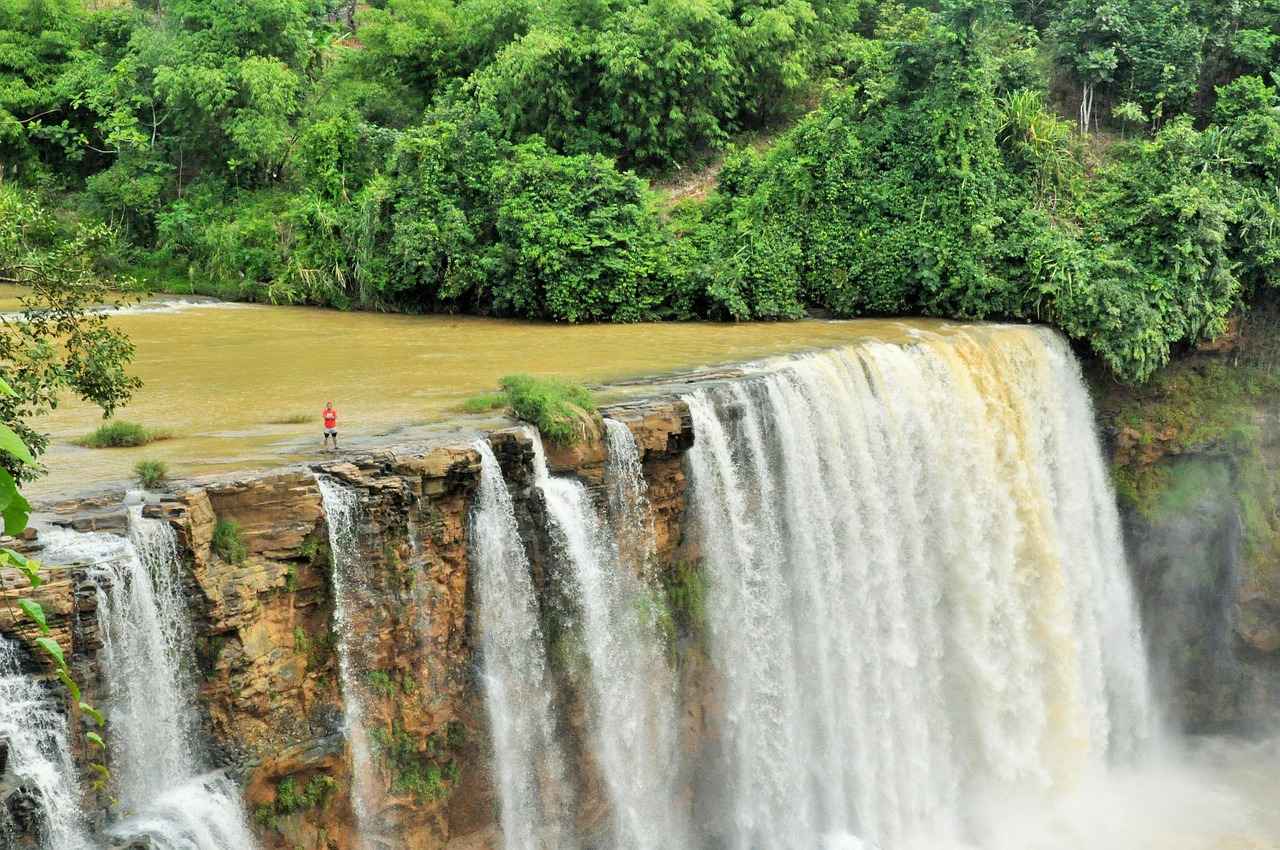
7. Economic Contributions of Each District
West Bengal is a state of immense economic diversity, with each of its 23 districts contributing uniquely to the overall economic landscape. The economy of West Bengal is primarily driven by agriculture, industry, and services, with variations across districts due to their geographical and cultural characteristics.
Agricultural Contributions
Agriculture remains a cornerstone of the economy in many districts. North Bengal, particularly in districts like Jalpaiguri and Darjeeling, is renowned for its tea plantations, contributing significantly to both local and national economies. The fertile lands of Midnapore and Bardhaman are known for rice, jute, and other crops, supporting a large rural population.
Industrial Growth
In contrast, Kolkata, the capital, serves as the industrial hub of the state, with numerous manufacturing units and IT parks. The Howrah district, famous for its engineering and shipbuilding industries, plays a crucial role in the industrial sector. Additionally, the presence of several small-scale industries contributes to local employment and economic stability.
Service Sector Dominance
The service sector has seen remarkable growth in districts like Kolkata and Hooghly, driven by IT services, hospitality, and retail. The rise of educational institutions and healthcare facilities in these regions further enhances their economic contributions, attracting investments and creating job opportunities.
Tourism and Cultural Heritage
Tourism also plays a vital role in the economy of districts such as Darjeeling, known for its breathtaking landscapes and tea gardens, and Cooch Behar, which is rich in historical significance. The influx of tourists not only boosts local businesses but also fosters cultural exchange and preservation.
Conclusion
In summary, each district in West Bengal contributes uniquely to the state’s economy, whether through agriculture, industry, or services. Understanding these contributions is essential for appreciating the overall economic framework of the state and for planning future developmental strategies.
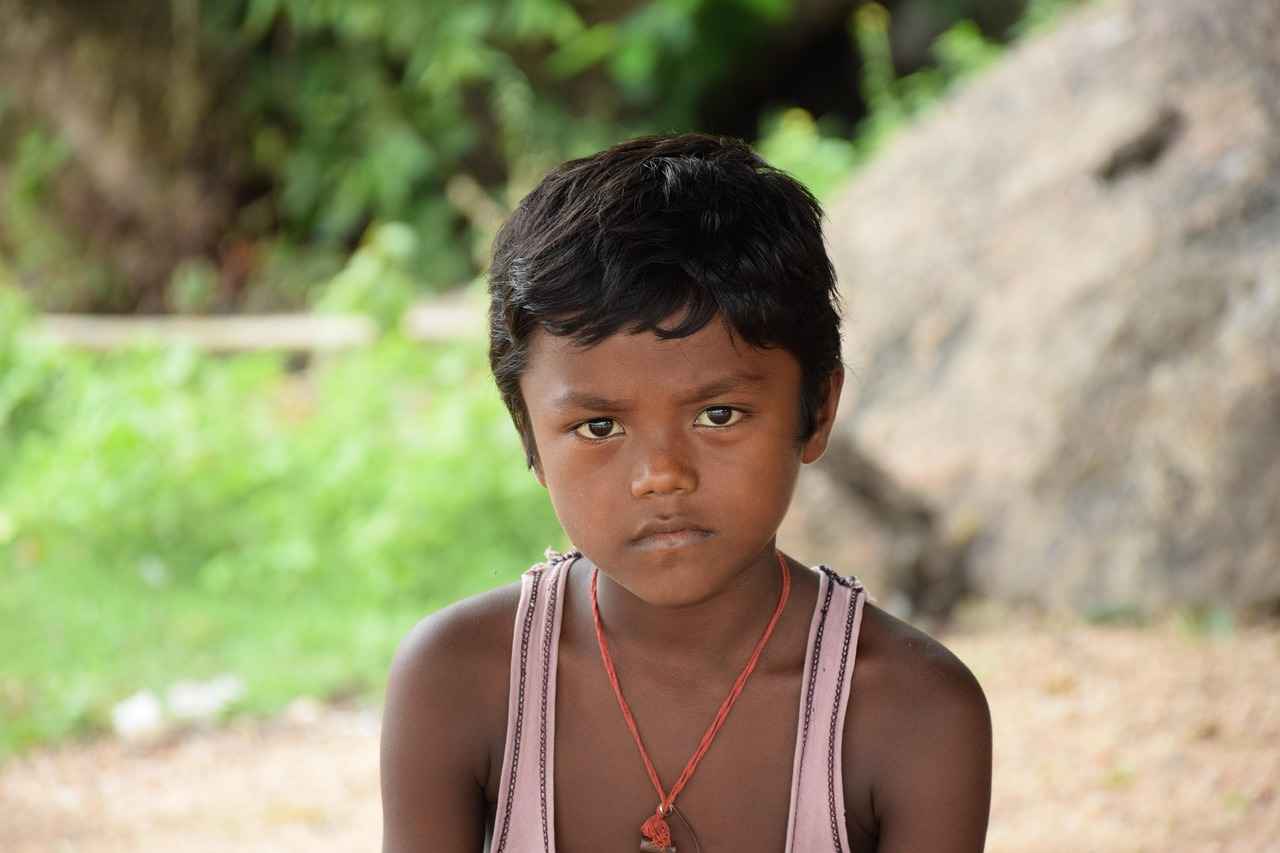
8. Educational Institutions in West Bengal Districts
West Bengal is renowned for its extensive network of prestigious educational institutions, which play a pivotal role in shaping the academic landscape of the state. This section will delve into the major educational hubs across its districts, highlighting their significance and contributions to higher learning.
Each district in West Bengal boasts a unique set of educational establishments, catering to various fields of study, from arts and humanities to science and technology. Below is an overview of some of the key districts and their notable institutions:
| District | Notable Institutions | Specialization |
|---|---|---|
| Kolkata | University of Calcutta, Jadavpur University | Arts, Science, Engineering |
| Bardhaman | Burdwan University | General Studies, Engineering |
| Howrah | Indian Statistical Institute | Statistics, Mathematics |
| Darjeeling | Darjeeling Government College | Arts, Commerce |
| Midnapore | Midnapore College | Arts, Science |
In Kolkata, the educational scene is vibrant and diverse, with institutions like the University of Calcutta and Jadavpur University leading the way in research and academic excellence. These universities not only attract local students but also a significant number of international scholars, enhancing the multicultural fabric of the city.
Moving to Bardhaman, the Burdwan University stands out as a center of learning, offering a variety of programs that cater to the needs of modern education. Its emphasis on research and development has positioned it as a key player in the state’s educational framework.
Howrah, with its Indian Statistical Institute, is recognized for its contributions to the field of statistics and mathematics, producing some of the finest minds in these disciplines. The institute’s rigorous curriculum and esteemed faculty make it a sought-after institution for aspiring statisticians.
In the picturesque district of Darjeeling, the Darjeeling Government College serves as a beacon of education, providing quality instruction in arts and commerce, and fostering a love for learning amidst breathtaking natural beauty.
Lastly, in Midnapore, the Midnapore College continues to uphold a tradition of excellence in education, offering a blend of arts and science programs that prepare students for various career paths.
In conclusion, the educational institutions across West Bengal are not only centers of learning but also catalysts for social and economic development. By nurturing talent and fostering innovation, these institutions contribute significantly to the state’s progress, making West Bengal a prominent hub for education in India.

9. Tourist Attractions in West Bengal
West Bengal, a state steeped in history and culture, offers a plethora of tourist attractions that cater to diverse interests. From the majestic hills of Darjeeling to the bustling streets of Kolkata, each district presents unique experiences for travelers. This section highlights some of the must-visit places across different districts, ensuring that visitors can immerse themselves in the rich heritage and natural beauty of the region.
- Darjeeling: Known for its stunning tea gardens and panoramic views of the Himalayas, Darjeeling is a popular hill station. The famous Darjeeling Himalayan Railway, a UNESCO World Heritage Site, offers a scenic train ride that is a must-experience.
- Kolkata: The capital city is a vibrant cultural hub, renowned for its colonial architecture, art galleries, and historic sites. Key attractions include the Victoria Memorial, Howrah Bridge, and the Indian Museum, which showcases a vast collection of artifacts.
- Kalimpong: This serene hill station is famous for its beautiful monasteries and flower nurseries. Visitors can explore the Deolo Hill for breathtaking views and the Kalimpong Science Centre for an educational experience.
- Shantiniketan: Founded by the Nobel laureate Rabindranath Tagore, this town is known for its Visva-Bharati University and vibrant cultural festivals. The Tagore Museum offers insight into the life and works of Tagore.
- Sundarbans: A UNESCO World Heritage Site, the Sundarbans is the largest mangrove forest in the world and home to the elusive Bengal tiger. A boat safari through its intricate waterways provides a unique wildlife experience.
Each of these destinations reflects the diverse cultural tapestry of West Bengal, making it a treasure trove for travelers seeking both adventure and tranquility. Whether you are exploring the hills, the urban landscapes, or the lush forests, West Bengal invites you to discover its myriad wonders.
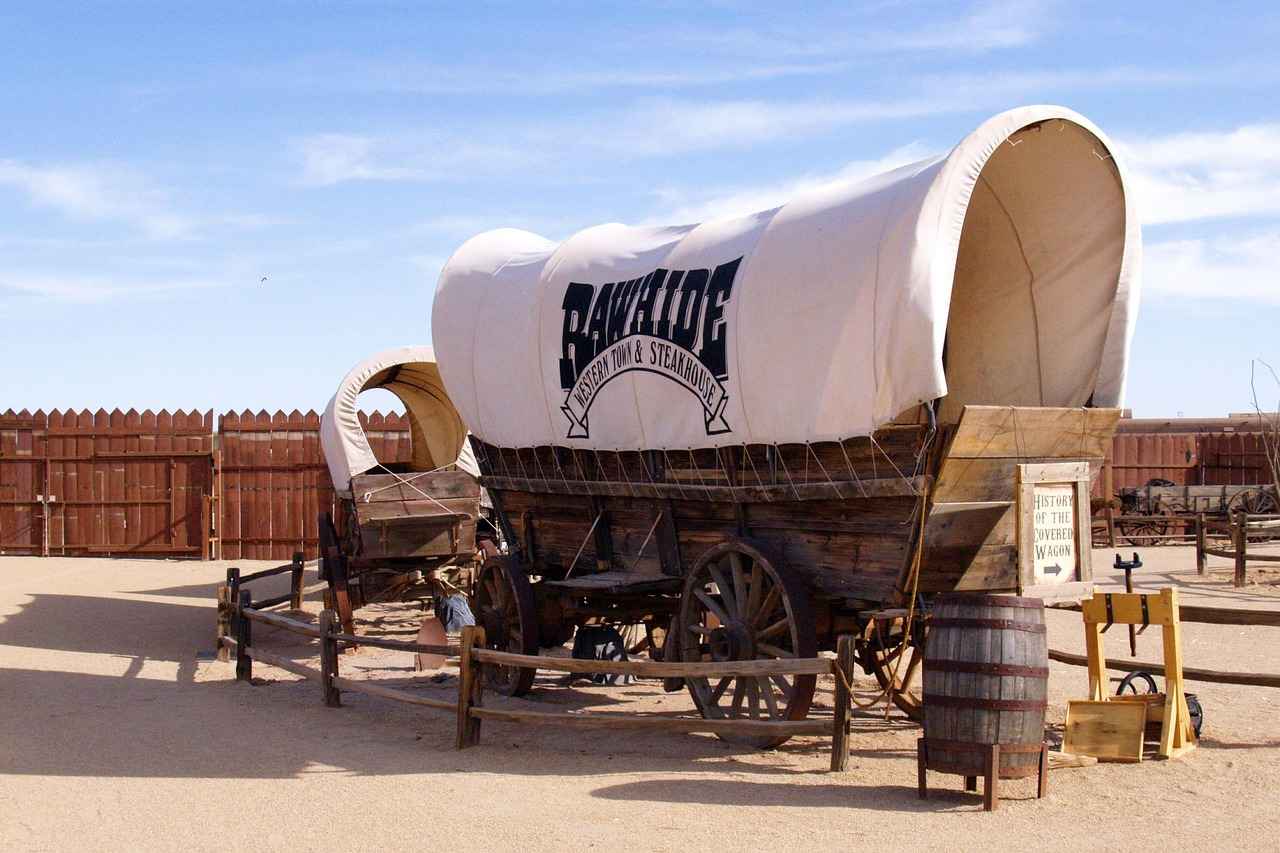
10. Transportation and Connectivity
Transportation plays a pivotal role in the development and connectivity of districts in West Bengal. The state’s diverse geography, ranging from the bustling urban centers to the serene rural areas, necessitates a robust transportation infrastructure to facilitate movement and economic growth.
West Bengal boasts an extensive network of roads, railways, and waterways that connect various regions, enhancing accessibility and promoting trade. The following sections delve into the key components of transportation infrastructure in West Bengal:
- Road Network: The road network in West Bengal is vast and well-maintained, comprising national highways, state highways, and rural roads. These roads are crucial for daily commuting, transporting goods, and connecting remote areas to urban hubs.
- Railways: The Indian Railways plays a significant role in connecting districts across West Bengal. Major railway stations in cities such as Kolkata, Howrah, and Siliguri serve as vital junctions, facilitating the movement of passengers and freight.
- Waterways: With its extensive river system, West Bengal utilizes waterways for transportation, especially in the Sundarbans region. This mode of transport is not only environmentally friendly but also cost-effective for moving bulk goods.
Air Transport is another critical aspect, with Netaji Subhas Chandra Bose International Airport in Kolkata serving as the primary gateway for domestic and international flights. The presence of smaller airports in places like Bagdogra enhances connectivity to North Bengal and the Himalayas.
Despite these advancements, challenges remain in ensuring equitable transportation access across all districts. Infrastructure development must continue to evolve to meet the growing demands of the population and the economy. Improved transportation not only boosts trade but also enhances the overall quality of life for residents, making it a fundamental aspect of West Bengal’s development strategy.
In conclusion, a well-connected transportation network is essential for the progress of West Bengal’s districts. By investing in and maintaining this infrastructure, the state can ensure sustainable growth and prosperity for all its regions.

11. Challenges Faced by Districts
West Bengal, a state known for its rich culture and vibrant diversity, is not without its challenges. Each district grapples with a unique set of socio-economic issues that impact the lives of its residents. This section delves into the multifaceted challenges faced by various districts in West Bengal, highlighting the intricacies of these issues.
- Economic Disparities: Many districts, especially in rural areas, experience significant economic disparities. While urban centers like Kolkata thrive with industrial growth, rural districts such as Purulia and Bankura struggle with poverty and limited job opportunities. This economic divide leads to a migration of youth towards cities in search of better prospects.
- Infrastructure Deficiencies: Infrastructure remains a pressing concern in several districts. Inadequate roads, limited public transportation, and insufficient healthcare facilities hinder development. For instance, districts like Malda and Murshidabad face challenges in accessing basic services, affecting the overall quality of life.
- Education Gaps: The educational landscape in West Bengal is varied. While urban districts boast prestigious institutions, rural areas often lack adequate facilities and qualified teachers. This educational gap perpetuates cycles of poverty and limits opportunities for advancement.
- Environmental Challenges: Environmental issues, such as flooding in districts like North 24 Parganas and the impact of climate change on agriculture in districts like Howrah, pose significant risks. These challenges threaten livelihoods and require urgent attention to ensure sustainable development.
- Health Concerns: Access to healthcare services varies widely across districts. Rural areas often face shortages of medical professionals and facilities, leading to inadequate healthcare. Challenges such as malnutrition and disease outbreaks are prevalent in districts like Birbhum and Nadia.
In conclusion, while West Bengal is a state rich in culture and history, it is essential to address these socio-economic challenges to ensure equitable development across all districts. By focusing on these issues, stakeholders can work towards creating a more balanced and prosperous future for the residents of West Bengal.

12. Conclusion: The Essence of West Bengal
In conclusion, the districts of West Bengal represent a vibrant mosaic of culture, history, and diversity. Each district contributes uniquely to the state’s overall identity, showcasing a blend of traditional practices and modern influences. Understanding these regions is essential for appreciating the rich heritage that West Bengal has to offer.
The state is divided into 23 districts, each with its own distinctive characteristics. From the picturesque tea gardens of Darjeeling in the north to the bustling urban life of Kolkata in the south, every area has its own story to tell. This geographical diversity not only enhances the beauty of the state but also enriches its cultural fabric.
Moreover, the districts are home to a variety of festivals, languages, and cuisines, reflecting the multicultural essence of West Bengal. For instance, Durga Puja celebrated in Kolkata, and the Rath Yatra in Howrah, are testaments to the state’s rich cultural traditions. These events draw visitors from across the globe, further highlighting the significance of each district in the larger context of the state.
Additionally, the economic contributions of these districts are noteworthy. Whether through agriculture in Midnapore or industrial growth in Howrah, each region plays a vital role in the state’s economy. This economic interdependence emphasizes the need for a comprehensive understanding of the districts to appreciate their collective impact.
In essence, the districts of West Bengal are not just administrative units; they are a representation of the state’s heritage, diversity, and identity. Recognizing the unique attributes of each district fosters a deeper appreciation for the state as a whole, making it essential for both residents and visitors to explore and understand these regions fully.
Frequently Asked Questions
- What are the major districts in West Bengal?
West Bengal is divided into 23 districts, with major ones including Kolkata, Darjeeling, Howrah, and Jalpaiguri. Each district has its own unique characteristics and cultural significance.
- What is the significance of Kolkata in West Bengal?
Kolkata, the capital of West Bengal, is a vibrant cultural hub known for its historical landmarks, art, and literature. It serves as the economic and educational center of the state.
- How does North Bengal differ from South Bengal?
North Bengal is renowned for its scenic beauty, tea gardens, and mountainous terrain, while South Bengal is characterized by urban centers, industrial growth, and a bustling lifestyle.
- What are some popular tourist attractions in West Bengal?
West Bengal offers numerous attractions, including the Darjeeling Himalayan Railway, Victoria Memorial in Kolkata, and the historical sites in Cooch Behar. Each district has its own must-visit spots.
- What challenges do the districts of West Bengal face?
Despite its rich culture and diversity, West Bengal faces socio-economic challenges such as poverty, unemployment, and infrastructural issues that affect various districts differently.
